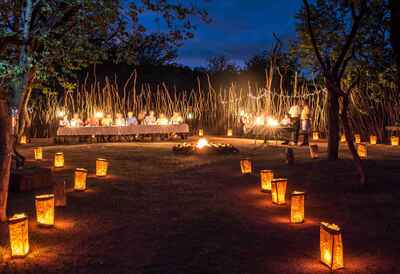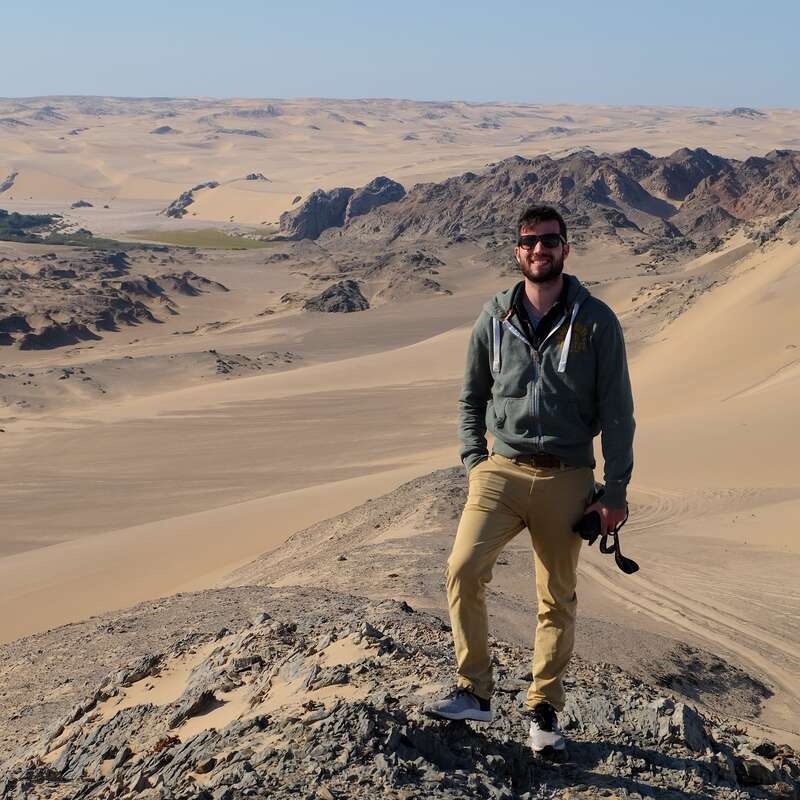About Hobatere Lodge
Situated between Damaraland and Namibia’s Etosha National Park, but somewhat off the obvious route, Hobatere ...
... Lodge was re-opened under community ownership in April 2015, having been closed for some years. The lodge is set on its own 88km² concession, and is approximately 18km from the Galton Gate into the west of the park.
Hobatere may be slightly off the main tourist route, but it is well worth the effort to reach it, and we have really enjoyed our last few stays. Accommodation is comfortable, the food is good, and there's plenty of space, with a pool to relax by. It has been fantastic to see the game densities increase since the lodge’s re-opening. Game-viewing opportunities here are now back to a high level, making it an ideal place to stop between Damaraland and Etosha, or to base yourself to explore the western side of the park.
Our view
Hobatere may be slightly off the main tourist route, but it is well worth the effort to reach it, and we have really enjoyed our last few stays. Accommodation is comfortable, the food is good, and there's plenty of space, with a pool to relax by. It has been fantastic to see the game densities increase since the lodge’s re-opening. Game-viewing opportunities here are now back to a high level, making it an ideal place to stop between Damaraland and Etosha, or to base yourself to explore the western side of the park.
Accommodation
12 rooms
Children
Best for aged 8+
Open
All year
Activities

4WD Safari

Birdwatching

Guided walking safari

Night drive

Private activities
Traveller reviews of Hobatere Lodge
78 real, un-edited reviews from Expert Africa's travellers.
Arrived 30 Mar 2025, 2 nights
"Hobatere Lodge review"
Overall rating: Good
Arrived 5 Oct 2024, 2 nights
"Hobatere Lodge review"
Overall rating: Good
Arrived 29 Sep 2024, 3 nights
"Hobatere Lodge review"
Overall rating: Good
Arrived 2 Jun 2024, 2 nights
"Floodlit waterhole"
Overall rating: Excellent
Arrived 16 Sep 2023, 2 nights
"Hobatere Lodge review"
Overall rating: Excellent
Arrived 6 Sep 2023, 2 nights
"Hobatere Lodge review"
Overall rating: Average
Arrived 30 Apr 2023, 2 nights
"Hobatere Lodge review"
Overall rating: Good
Arrived 2 Aug 2022, 2 nights
"Hobatere Lodge review"
Overall rating: Good
Arrived 1 Jun 2022, 2 nights
"Hobatere Lodge review"
Overall rating: Good
Arrived 30 Mar 2022, 2 nights
"Hobatere Lodge review"
Overall rating: Excellent
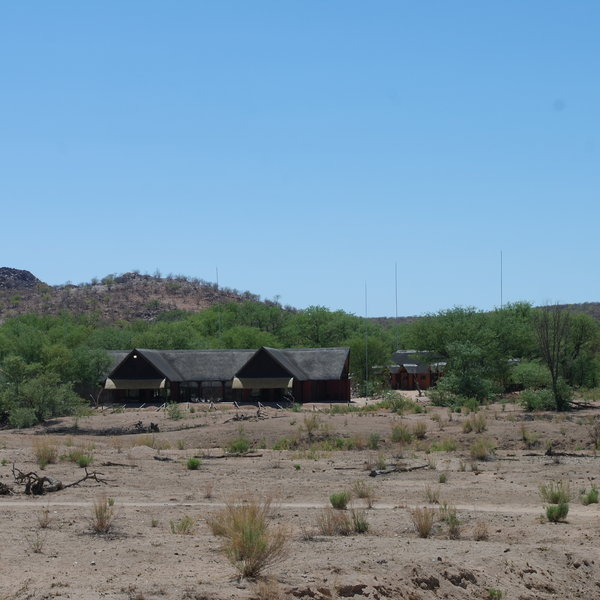
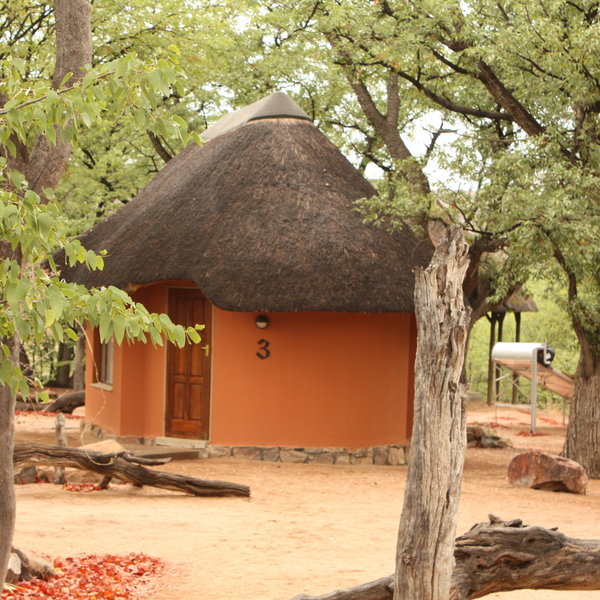
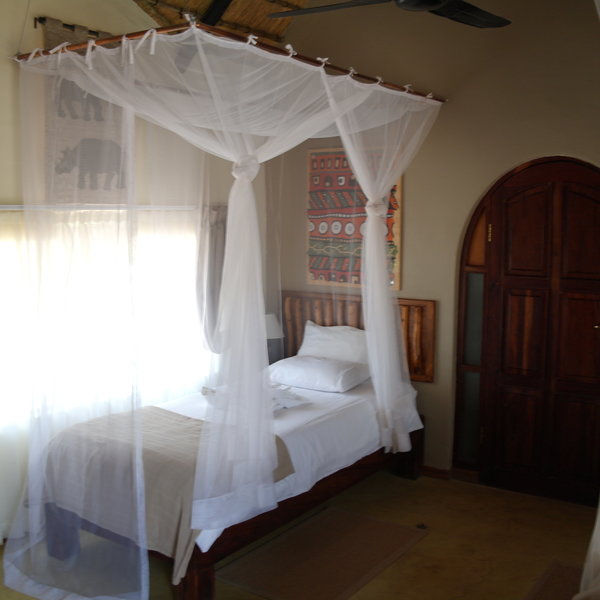
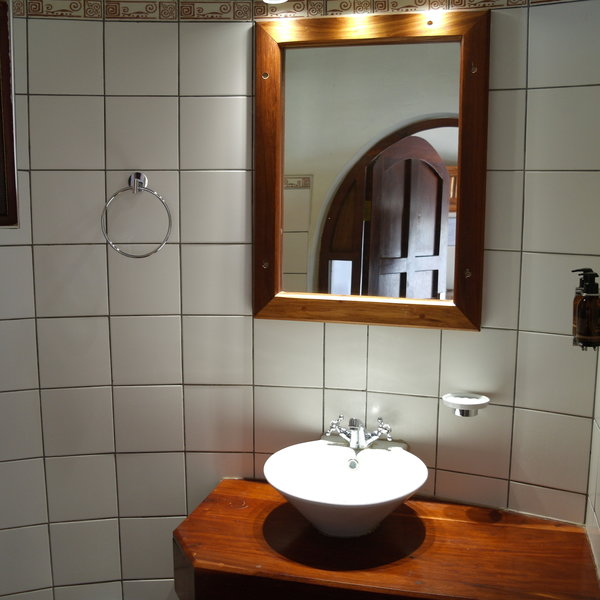
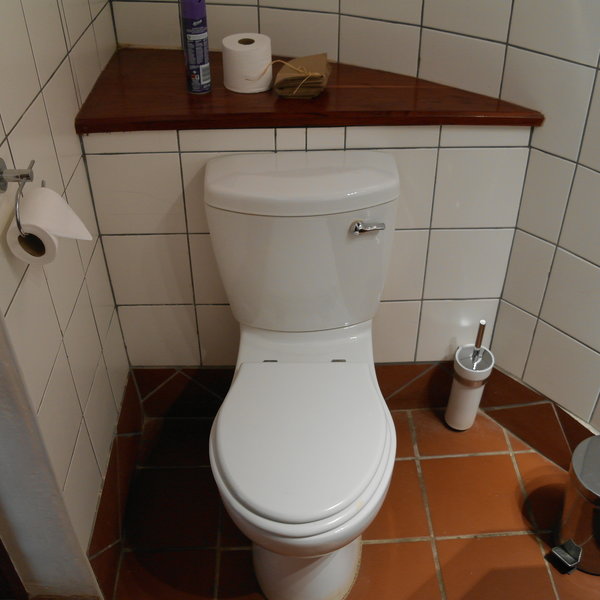
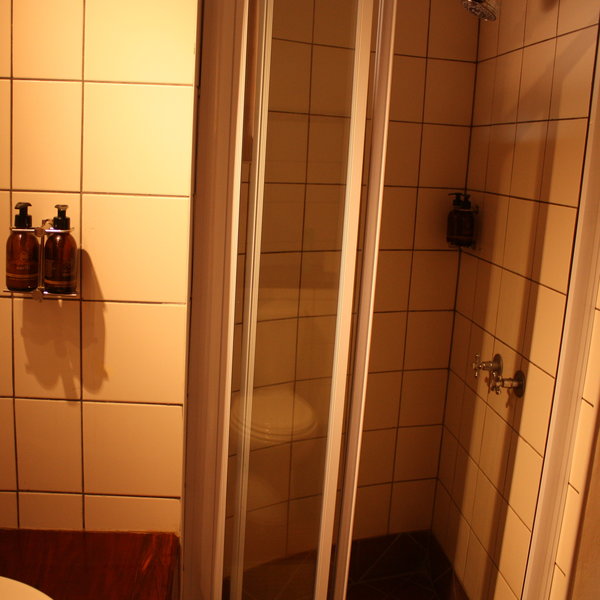
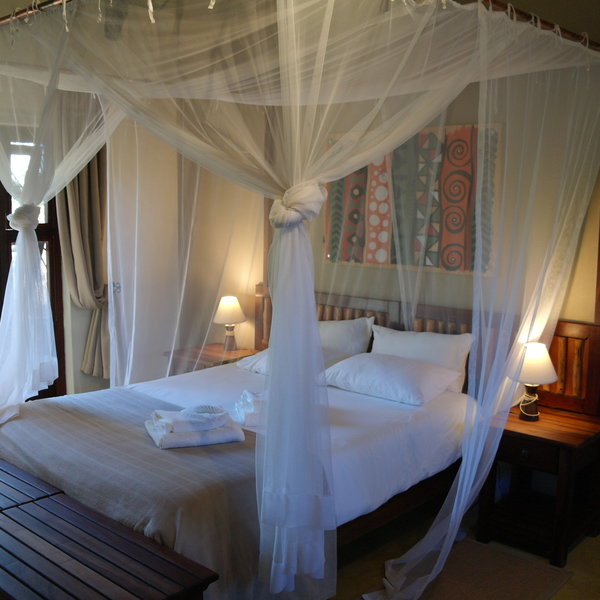
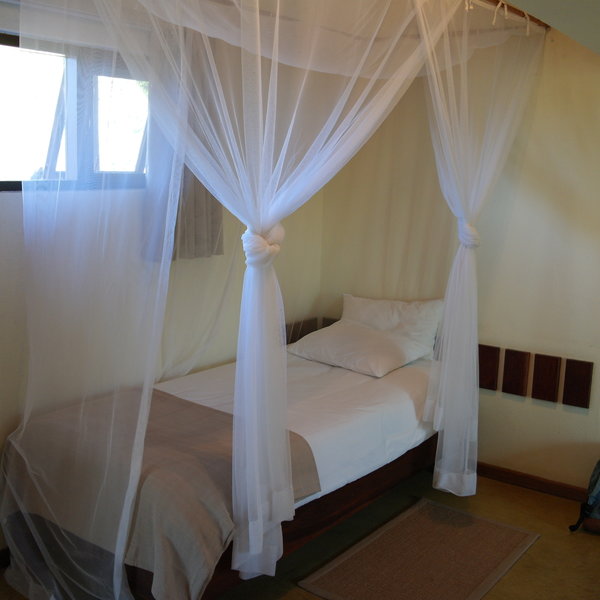
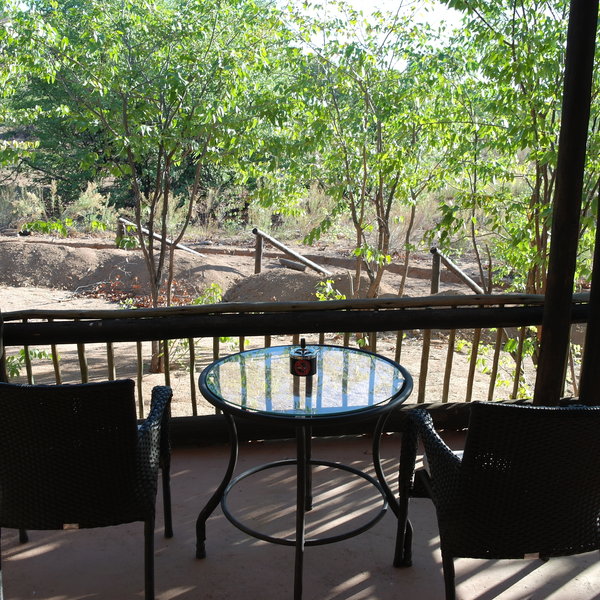
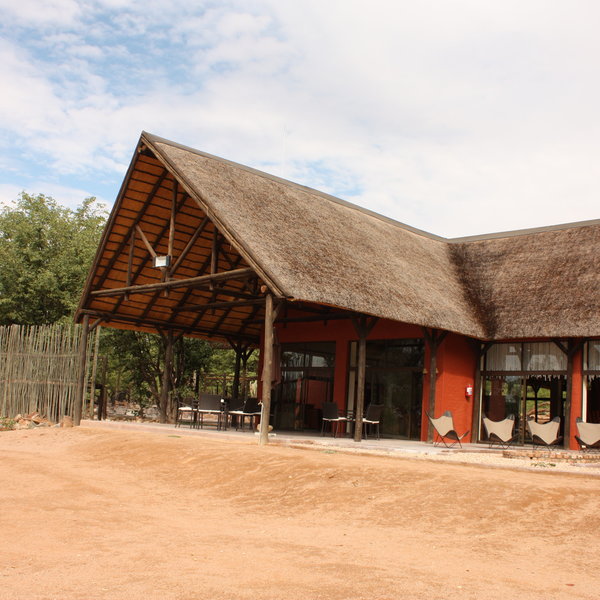
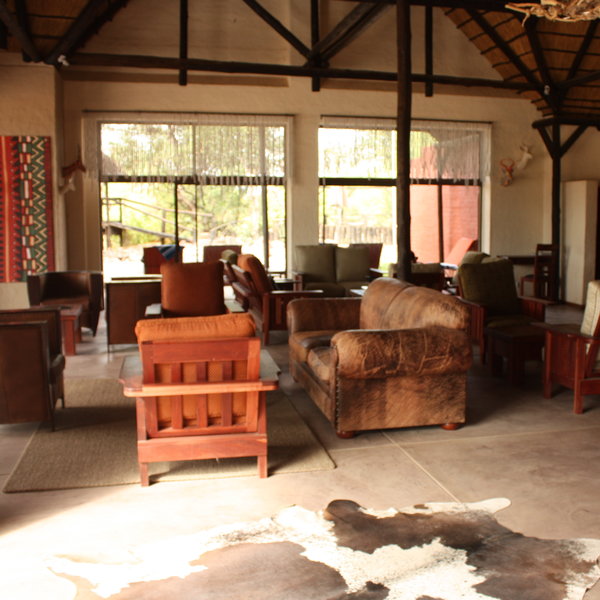
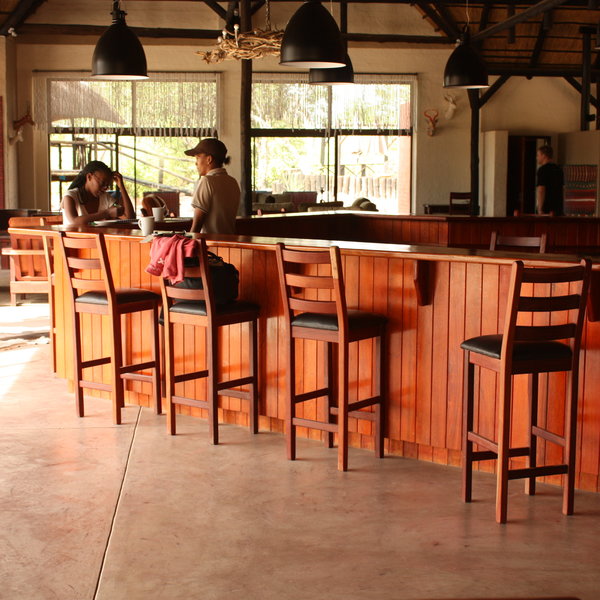
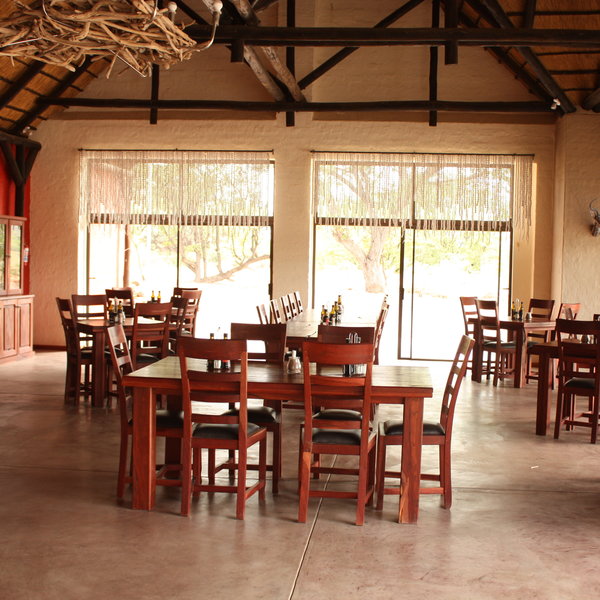
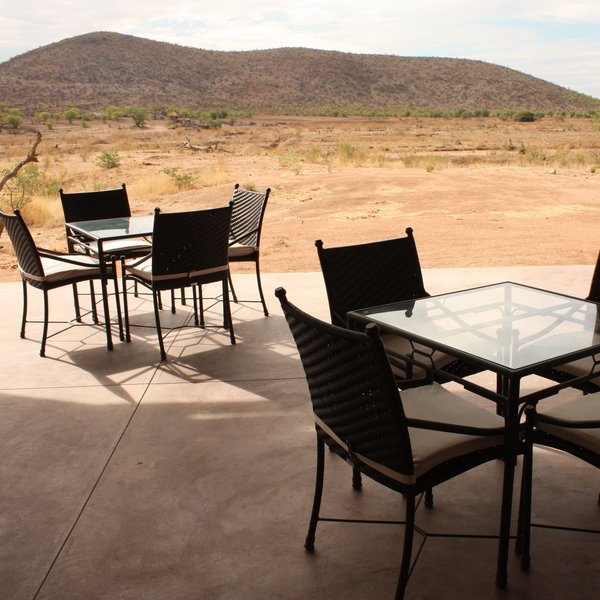
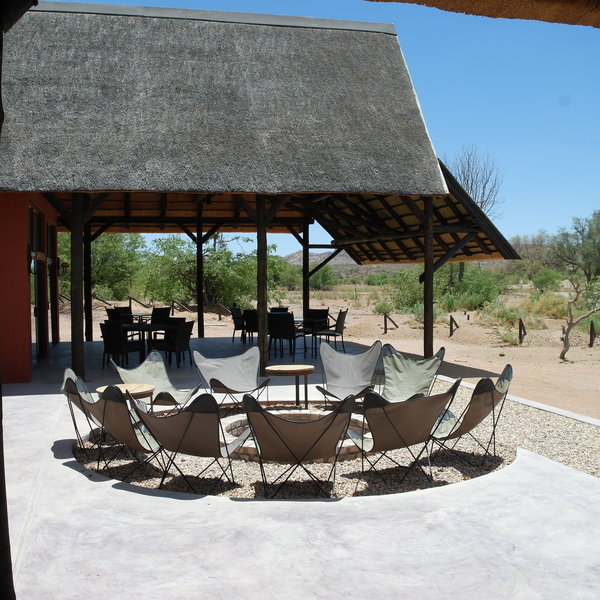
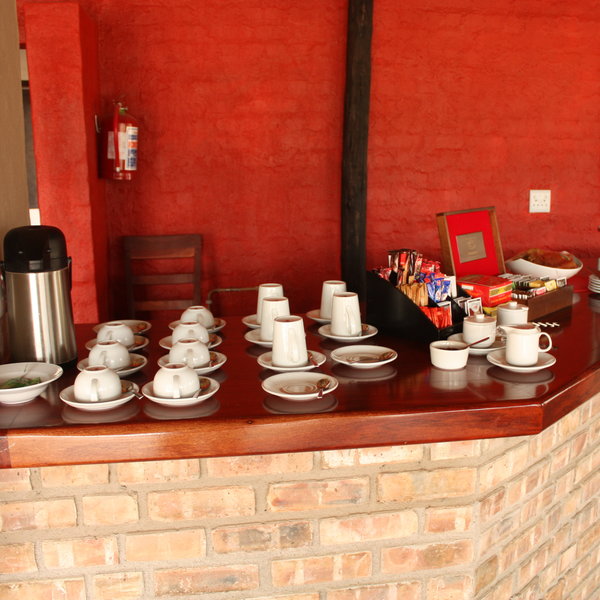
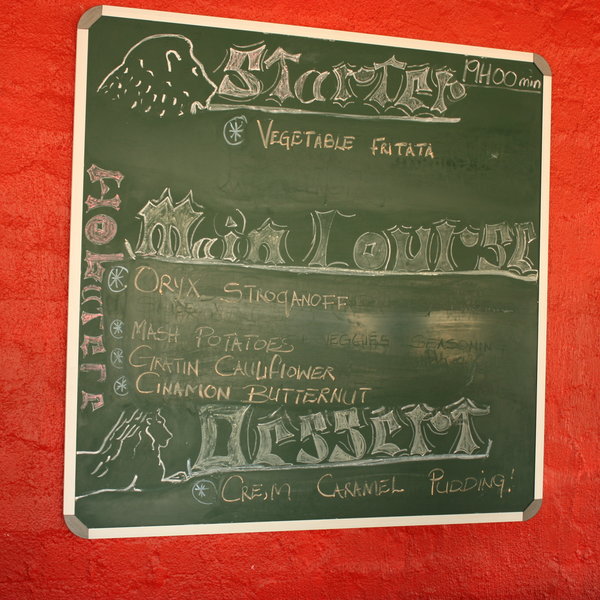
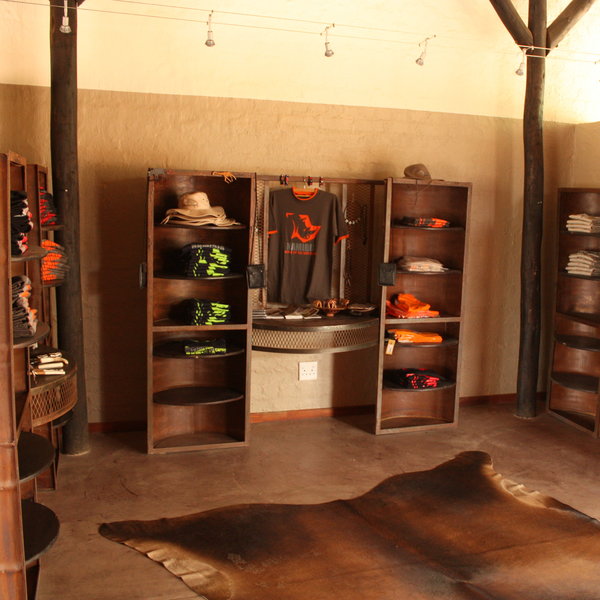
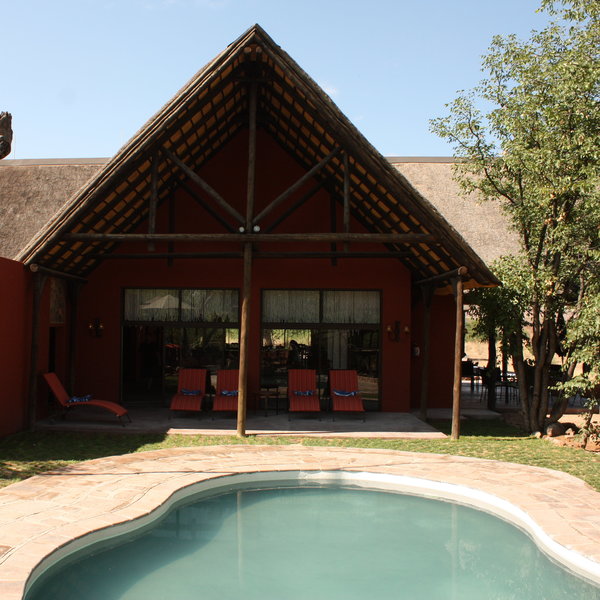
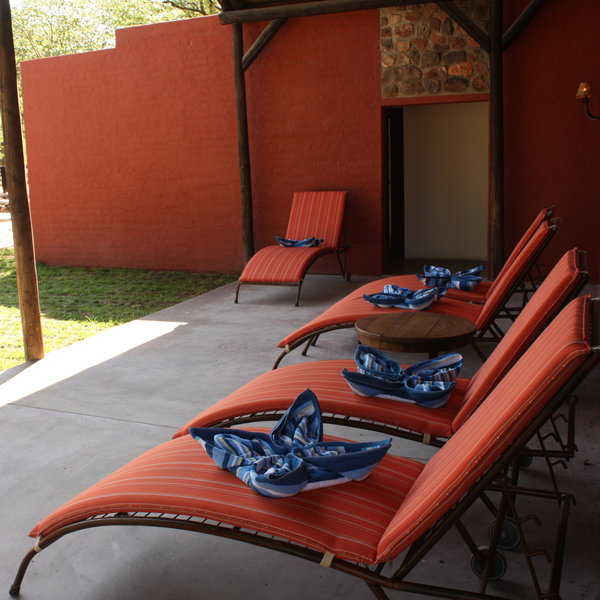
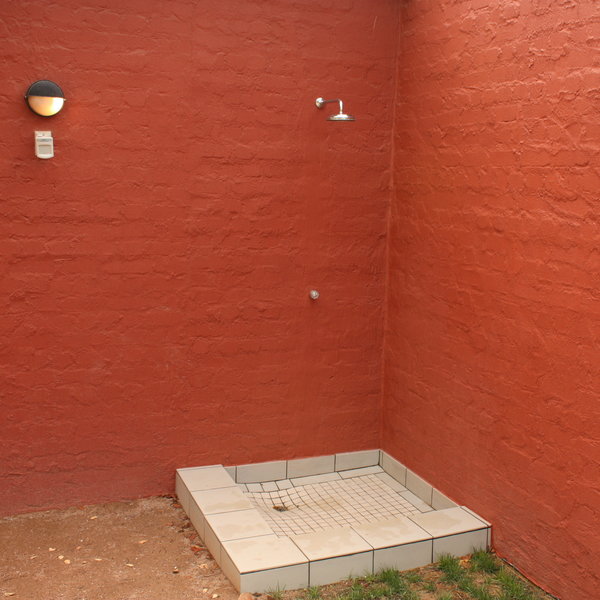
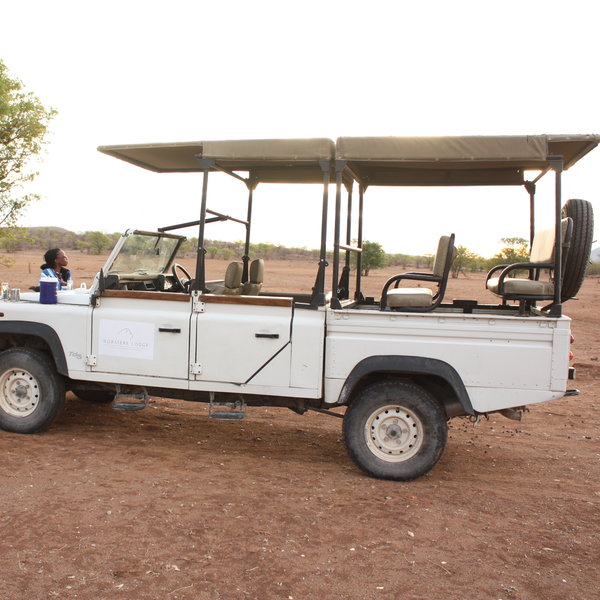
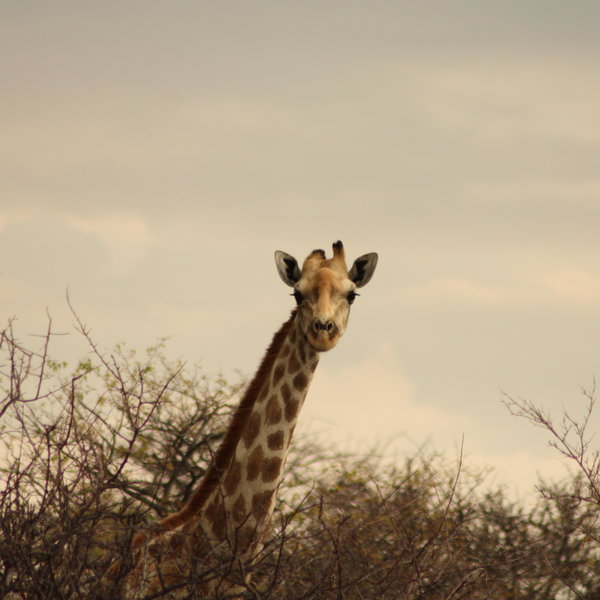
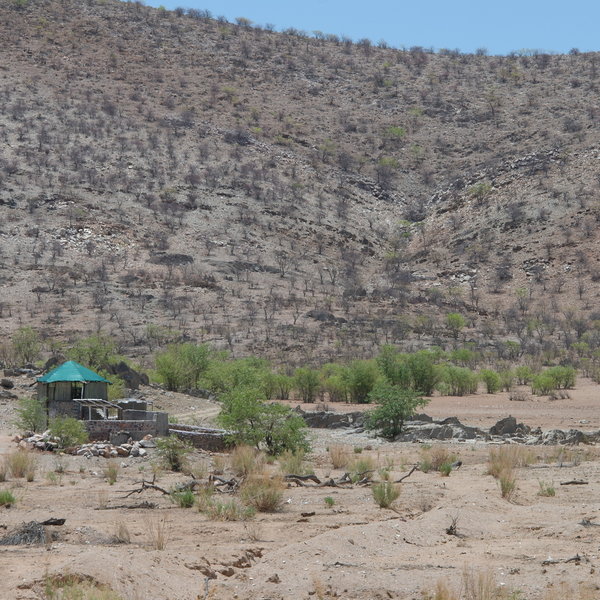
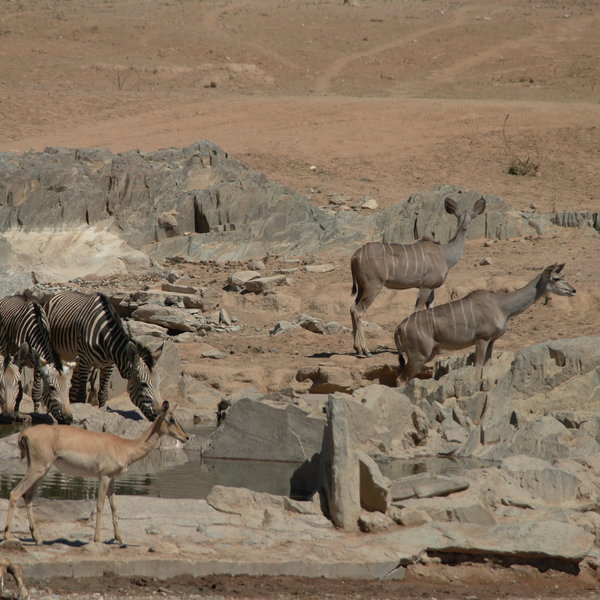
Expert Africa's gallery
When we travel we take lots of photos ourselves to give you a real and un-edited view of the safaris. See our 25 pictures of Hobatere Lodge to get the candid view.
View gallerySafaris visiting Hobatere Lodge
Just ideas, we'll always tailor-make a trip for you
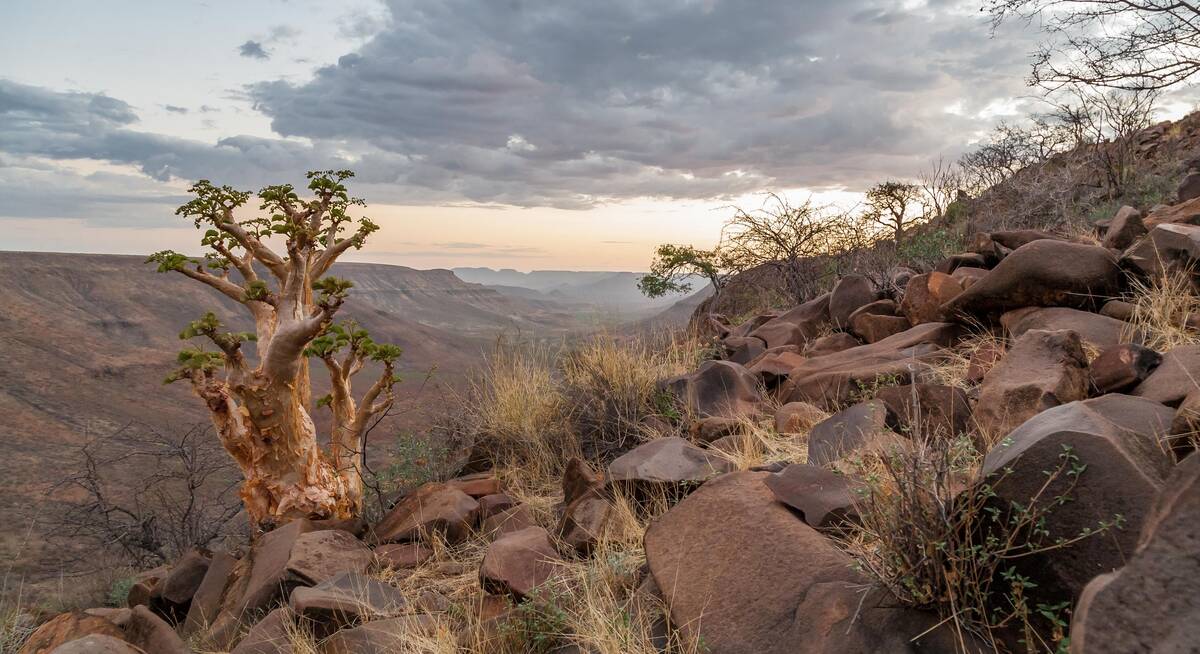
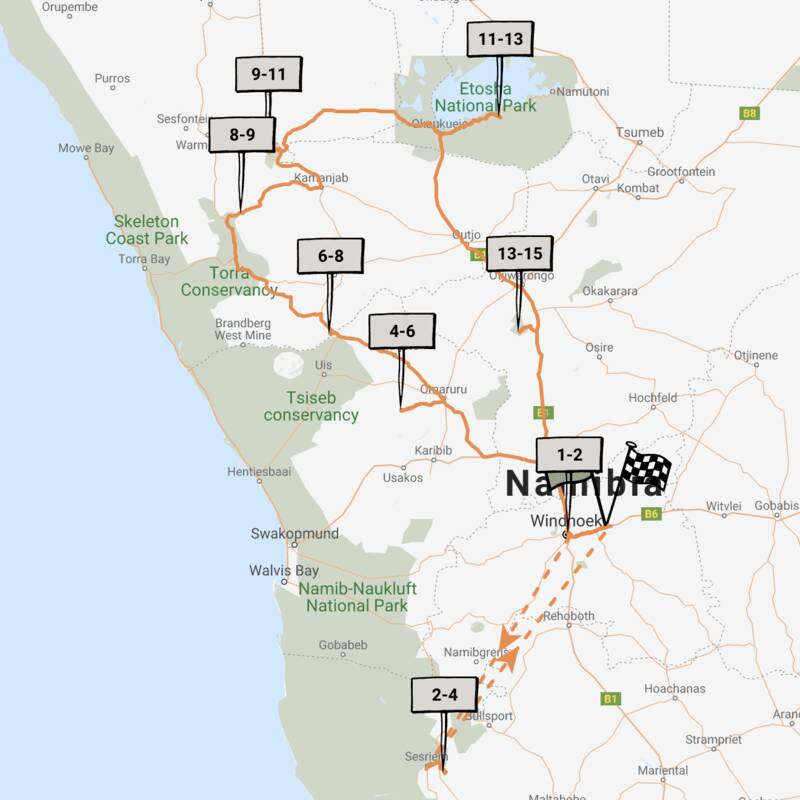
Dune Lark Fly & Drive Safari
14 days • 8 locations • 1 country
WINDHOEK AIRPORT TO WINDHOEK AIRPORT
A combination fly-in self-drive exploration of Namibia, with quick, easy and scenic flights in and out of Sossusvlei before a classic road trip adventure of the country’s rugged north.
Visiting Okonjima, Namib-Naukluft and 4 other areas
US$5,540 - US$5,950 per person
Hobatere Lodge: Our full report
Situated between Damaraland and Namibia’s Etosha National Park, but somewhat off the obvious route, Hobatere ...
... Lodge was re-opened under community ownership in April 2015, having been closed for some years. The lodge is set on its own 88km² concession, and is approximately 18km from the Galton Gate into the west of the park.
Hobatere was for many years under private ownership, but following refurbishment it is now 100% community owned through the #Khoadi //Hoas Conservancy. It is managed by the same team as at Grootberg Lodge, Desert Breeze Lodge,The Stiltz and Fish River Lodge.
Accommodation at Hobatere consists of 12 rondawels and bungalows, all of which have been refurbished since the lodge was taken over. A further two family rooms were under construction during our last visit in November 2016.
- The six rondawels, with terracotta walls and thatched roofs, are quite small, but large low windows make the bedroom nice and light, and there are net curtains for privacy. Each room has twin beds; the design of the rondawels means that they cannot be made up as doubles. There is a built-in cupboard for storing clothes, a luggage rack, and a built-in table with insect spray, and tea and coffee; a flask of hot water is provided on request. Plug points offer a selection of sockets for charging batteries, and there’s a ceiling fan, which works only while the generator is on. Between the beds, a door leads into a small tiled bathroom with a toilet, single basin and walk-in shower. Shower gel and shampoo are provided.
- The six terraced bungalows are closer to the main area and are larger than the rondawels, each with a double bed and some with an additional single. Concrete floors are dotted with rugs and bright African prints hang on the walls. Large doors lead out onto a private patio with two comfortable chairs and a glass-topped table, and views onto the surrounding bush. The bathrooms, each with a toilet, single basin and walk-in shower, are slightly larger than those in the rondawels but still not large. Although these rooms would be our first choice of stay at Hobatere, we thought that the proportions were slightly wrong, with large, fairly sparsely decorated bedrooms and bathrooms that felt a little cramped.
- Two new family rooms, we under construction on our last visit and plans were still very much in the early stages. We hope to update our write up once we know more but in the mean time please ask us about any further developments.
The newly built main area at Hobatere Lodge is large, modern and airy, with floor-to-ceiling windows and doors on three sides. This L-shaped open-plan thatched building houses a reception desk and curio shop, alongside a large lounge area furnished with comfortable leather and fabric sofas and armchairs. Cowhides are scattered on the polished concrete floors and brightly painted sculptures of animal heads hang on the walls. A large V-shaped wooden bar, flanked by bar stools, separates the lounge area from the dining area, where individual tables and chairs are placed both inside and out on the patio. On a large serving counter at the back, you'll find tea, coffee, cake and biscuits all day.
Sliding glass doors lead out onto two covered verandas, separated by a fire pit surrounded by modern canvas chairs. There's a waterhole some distance away from the main building, where with the aid of binoculars you can watch the wildlife that frequents it. We were lucky enough to see a steady stream of plains game as well as elephant and lion coming to drink or hunt.
Plans to move the waterhole closer to the lodge are taking a frustratingly long time, as this can only be done with the agreement of the Ministry of Environment and Tourism. For those who want to be closer to the action, however, the lodge has built a hide on stilts overlooking the waterhole. Guests may be driven out to the hide on request, and left with a radio to contact the lodge and an agreed pick-up time. We were there when the wind was in the ‘wrong’ direction after a rather old lion kill, but this would normally be a great experience!.
Beside the main area is a small swimming pool surrounded by a grassed area and a raised stone deck with sun-loungers and terracotta coloured towels.
The environment around Hobatere is similar to that of western Etosha, and activities from the lodge (at additional cost) take place on the increasingly prolific reserve. These revolve largely around game drives in open-sided 4WD vehicles with a canvas canopy. Morning drives, from 6.00am to 9.00am, return in time for breakfast, while those on afternoon drives, taken between 5.00pm and 7.00pm, are back in time for dinner. Night drives are also available, leaving at about 8.30pm and returning to the lodge at around 10.00pm, depending on the time of year. Nature walks can also be arranged on request.
Although Hobatere no longer offers drives into Etosha, guests may drive themselves, accessing the park through the Galton Gate, some 18km from the lodge.
Activities
4WD Safari
Birdwatching
Guided walking safari
Night drive
Private activities
Families & children
- Attitude towards children
- Children of all ages are welcome at Hobatere.
- Property’s age restrictions
- There is no age restriction.
- Special activities & services
- There are no special activities for children, although there are a few board games in the main area, and there’s a small pool.
- Equipment
- Two family rooms were under construction in 2017. There are currently no cots or highchairs.
- Generally recommended for children
- With the lodge open to the reserve in 2017 (although a fence was being erected) and unfenced access to the swimming pool, we recommend Hobatere for children aged 8 years and over who will understand the safety implications.
- Notes
- The lodge is presently not fenced and dangerous game wanders through day and night. Parents must supervise their children at all times.
Food & drink
- Usual board basis
- Half Board
- Food quality
- During our most recent visit to Hobatere, in November 2017, the food was very good.
A buffet breakfast, usually available 6.30–9.30am, consists of cereals, yoghurt, fresh fruit and freshly baked bread, along with fruit juice, fresh filter coffee and tea. You can also indulge in a cooked breakfast with a selection of eggs of your choice, bacon, sausage and tomato.
Lunch is à la carte and is served between 12.00 and 2.00pm. We had a choice of Greek salad, Hobatere open sandwich, tuna salad, grilled or fried fish and chips, or gemsbok or oryx schnitzel served with chips and salad. Those driving themselves into Etosha can arrange a packed lunch to take with them.
Afternoon tea with a freshly baked cake can be enjoyed before the afternoon game drive.
Dinner is a set three-course menu, served 7.00–9.00pm. On our first evening, we started with a roast vegetable filo parcel with sweet chilli sauce, followed by stuffed chicken breast served with beetroot, mixed vegetables and roast potatoes. This was finished off with malva pudding. The following evening, pea soup was followed by steak with mixed vegetables and sweet potato, and rounded off by a milk tart. - Dining style
- Individual Tables
- Dining locations
- Indoor and Outdoor Dining
- Drinks included
- Drinks are not included, with the exception of a flask of drinking water in each room. The tap water is not suitable for drinking as it is not filtered and has a high saline content.
Our travellers’ wildlife sightings from Hobatere Lodge
Since mid-2018, many of our travellers who stayed at Hobatere Lodge have kindly recorded their wildlife sightings and shared them with us. The results are below. Click an animal to see more, and here to see more on our methodology.

100% success

95% success

95% success

78% success

68% success

53% success

47% success

17% success

11% success

11% success

11% success

6% success

5% success

0% success

0% success

0% success

0% success
Getting there
- Location
- Etosha National Park, Namibia
- Ideal length of stay
- Two nights is ideal for exploring the Hobatere reserve, but you might consider a third if wanting to exploring the western side of Etosha.
- Directions
- Hobatere is 18km west of the Galton Gate into Etosha.
- Accessible by
- Self-drive
Sustainability
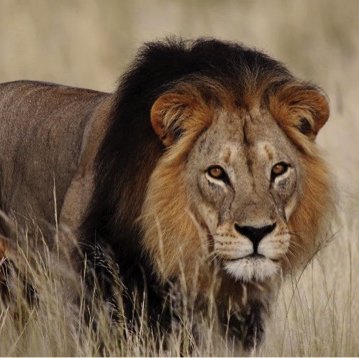
A Lions’ Sanctuary and a Chance for the Community
With a unique location, Hobatere is the getaway into the Western Etosha Park and offers travelers privileged access to the heart of Damaraland. Hobatere, meaning ‘find me’, invites visitors to discover how a fully community-owned conservancy lodge is committed to economically benefit locals. The goal is to make them, in return, act as ambassadors for reducing human wildlife conflict and promoting conservation of the area.
Hobatere is involved in a range of wildlife conservation projects such as the Namibian Elephant and Giraffe Trust, as well as the study of the black mongoose. The game density, especially of lions, is high around the lodge and as a result, Hobatere works alongside ‘AfriCat North’ to actively protect the desert-adapted lions and the local people affected by the lions’ presence. The lodge is also part of the Kunene Lion Project, among others, which aims to track and monitor local lion populations.
To financially support the local community, 100 percent of the staff is made up of local Namibians. Impressively, 80 percent of them have been working for the Hobatere Lodge for over 10 years. The lodge also provides a curio shop which sells local crafts as a way of generating vital income for the community, especially women.
In 2016, the Hobatere Lodge was awarded five ‘desert flowers’ by the Environmental Initiative Eco Awards Namibia. This represents the highest score, and is given to only a limited number of exclusive lodges committed to operate entirely according to eco-friendly principles.
See more great sustainability projects in Namibia
Communications
- Power supply notes
- Although the generator is usually switched off after the last guests have retired for the evening, the lodge charges batteries during the day to power the lodge overnight, so there is 24-hour power.
- Communications
- Complimentary WiFi is available in the main building, and the lodge has a cellphone signal.
- TV & radio
- There is no TV at Hobatere.
- Water supply
- Borehole
- Water supply notes
- All the rooms have hot and cold running water, plumbed showers and flush toilets.
Health & safety
- Malarial protection recommended
- Yes
- Medical care
- Most of the staff have had first-aid training. There is a doctor and clinic at Kamanjab, 84km away by road. In an emergency, guests would be flown to hospital in Windhoek.
- Dangerous animals
- High Risk
- Security measures
- Guests are free to wander around the lodge grounds on their own during the day but must be escorted to and from their rooms after dark by a member of staff. This may change once the fence is completed.
- Fire safety
- There is a fire extinguisher in each room as well as in the main area.
Useful info
- Disabled access
- On Request
- Laundry facilities
- Laundry is not offered here.
- Money
- There are no safes in the rooms. All valuables should be handed in at reception to be stored in the main safe. There is no currency exchange at the lodge.
- Accepted payment on location
- Cash is accepted in Namibian dollars, South African rands, US dollars, pounds sterling and euros. Payment may also be made with Visa and MasterCard.
Plan and book your trip with Expert Africa
All of our trips are tailor-made, so we'll always adapt them to suit you. Talk to an Expert and let us plan and arrange your perfect trip.

Talk to an Expert
Call or email us now! We’ll match you with the Specialist in our team who is best suited to help you. Then together we can start planning your trip.

Set up your itinerary
Based on our experience and your ideas, your specialist will create a detailed, costed itinerary. We’ll refine it together, until we have a trip that you’re perfectly happy with.

Prepare for your trip
The same Specialist will make the seamless arrangements for your trip, send you detailed travel documents, and be available to answer any questions before you depart.

Travel with peace of mind
After you set off, you’ll be cared for by our partners in Africa, most of whom have worked with Expert Africa for decades. And if you ever need us urgently, we’re available 24/7.

When you return
We love to learn about your trip, and so will always be grateful if you’ve the time to give feedback to your Specialist when you return.
Hobatere Lodge's location
Look closer at the environment and surroundings of Hobatere Lodge.
Other lodges in Etosha National Park
Alternative places to stay in this same area.
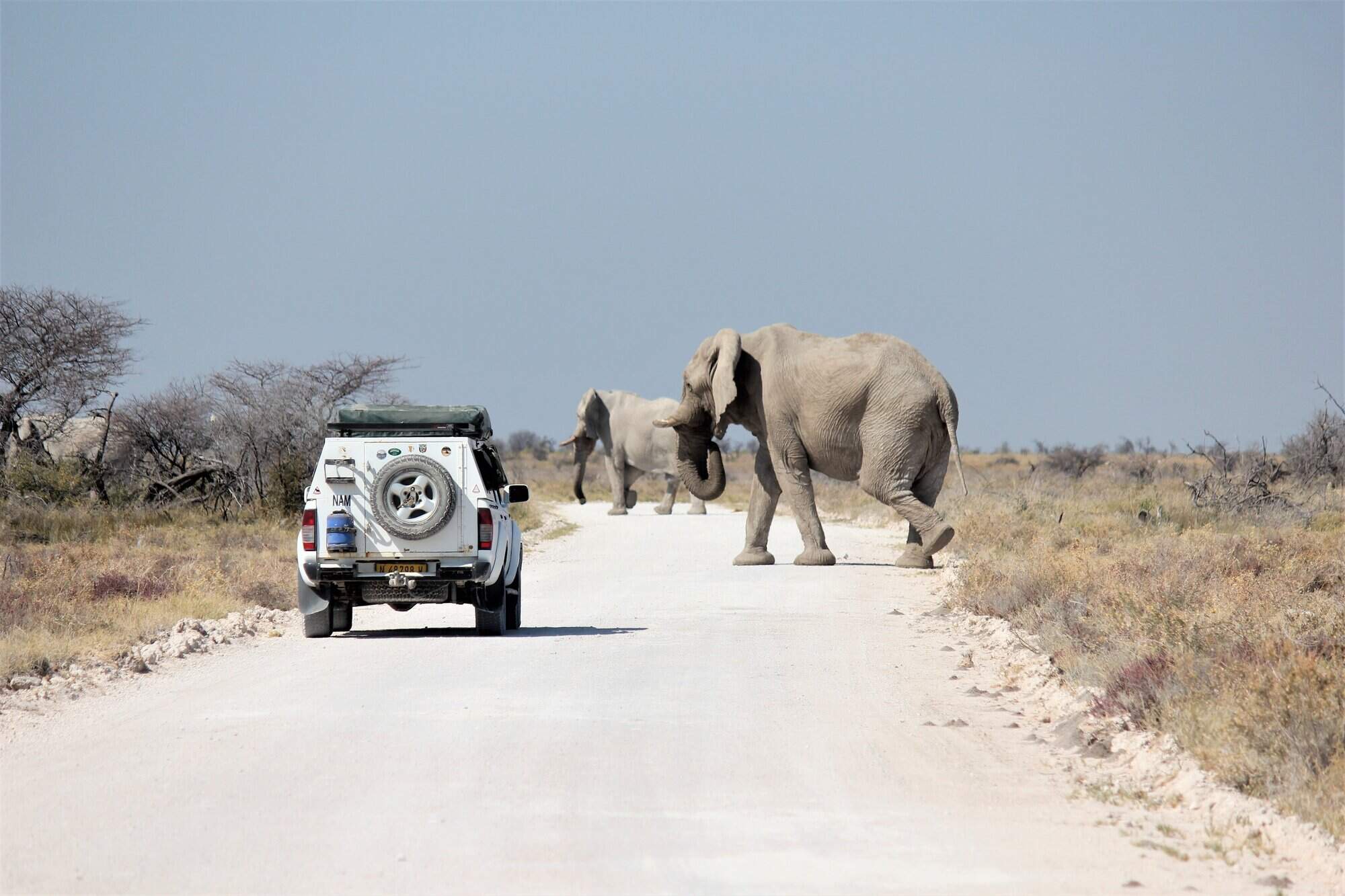
Okaukuejo Camp
Set within Etosha National Park, Okaukuejo Resort is a large camp with a productive, floodlit waterhole.
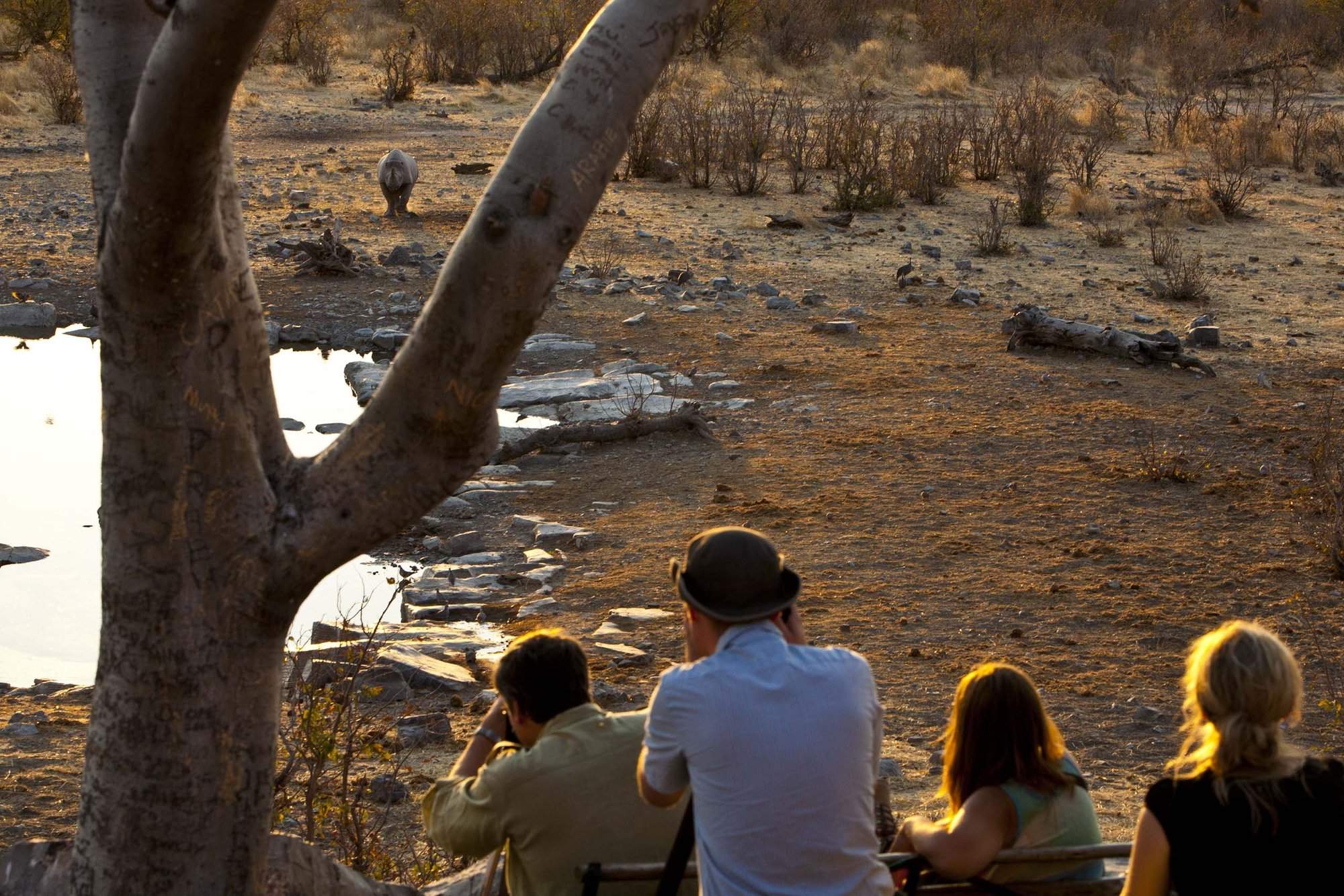
Halali Camp
The smallest of Etosha's erstwhile restcamps, overlooking its own floodlit waterhole, Halali has a superb location near the centre of Etosha Pan.
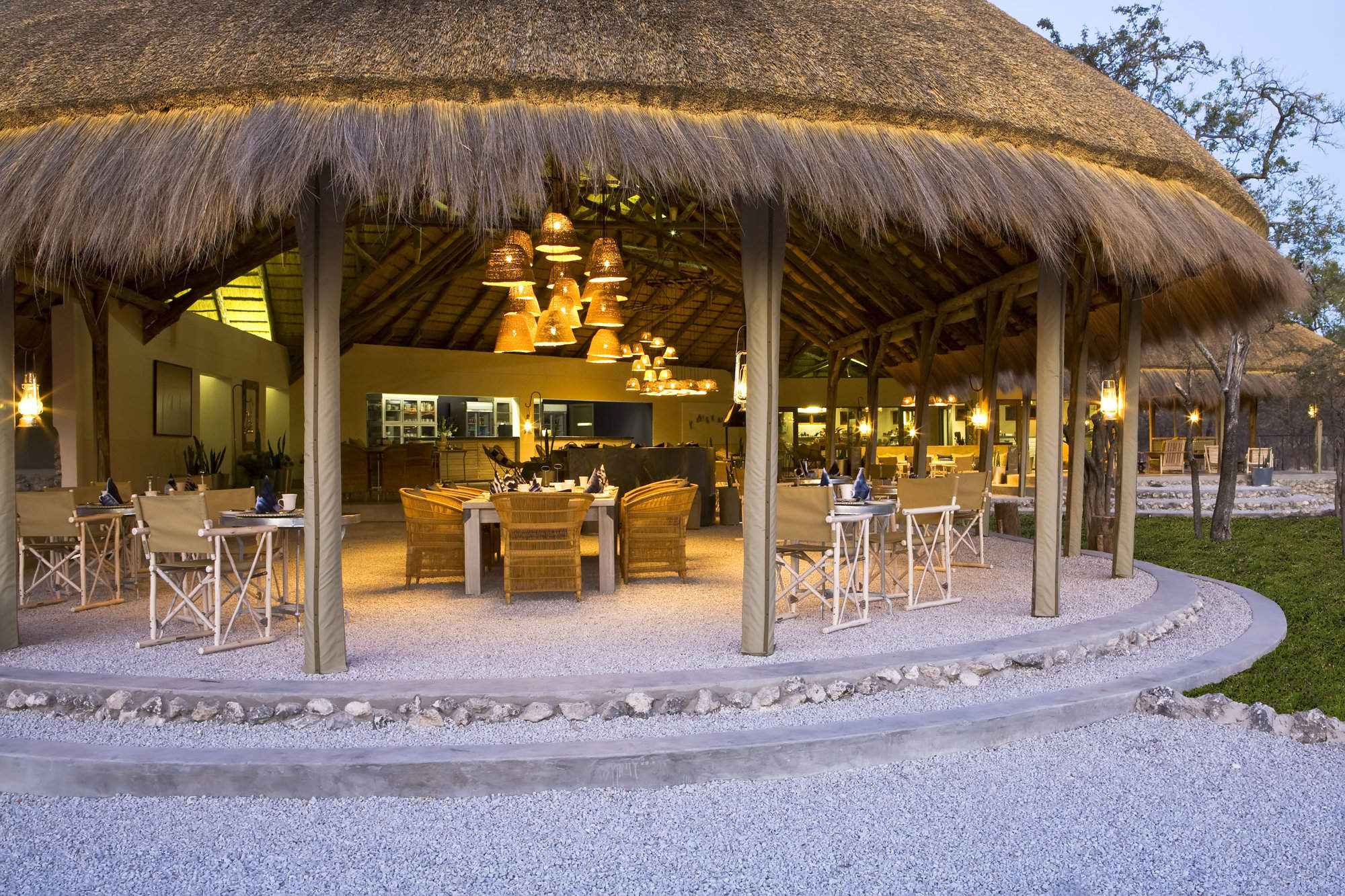
Mushara Bush Camp
The family-friendly Mushara Bush Camp offers great value and is an excellent base from which to explore Etosha National Park.
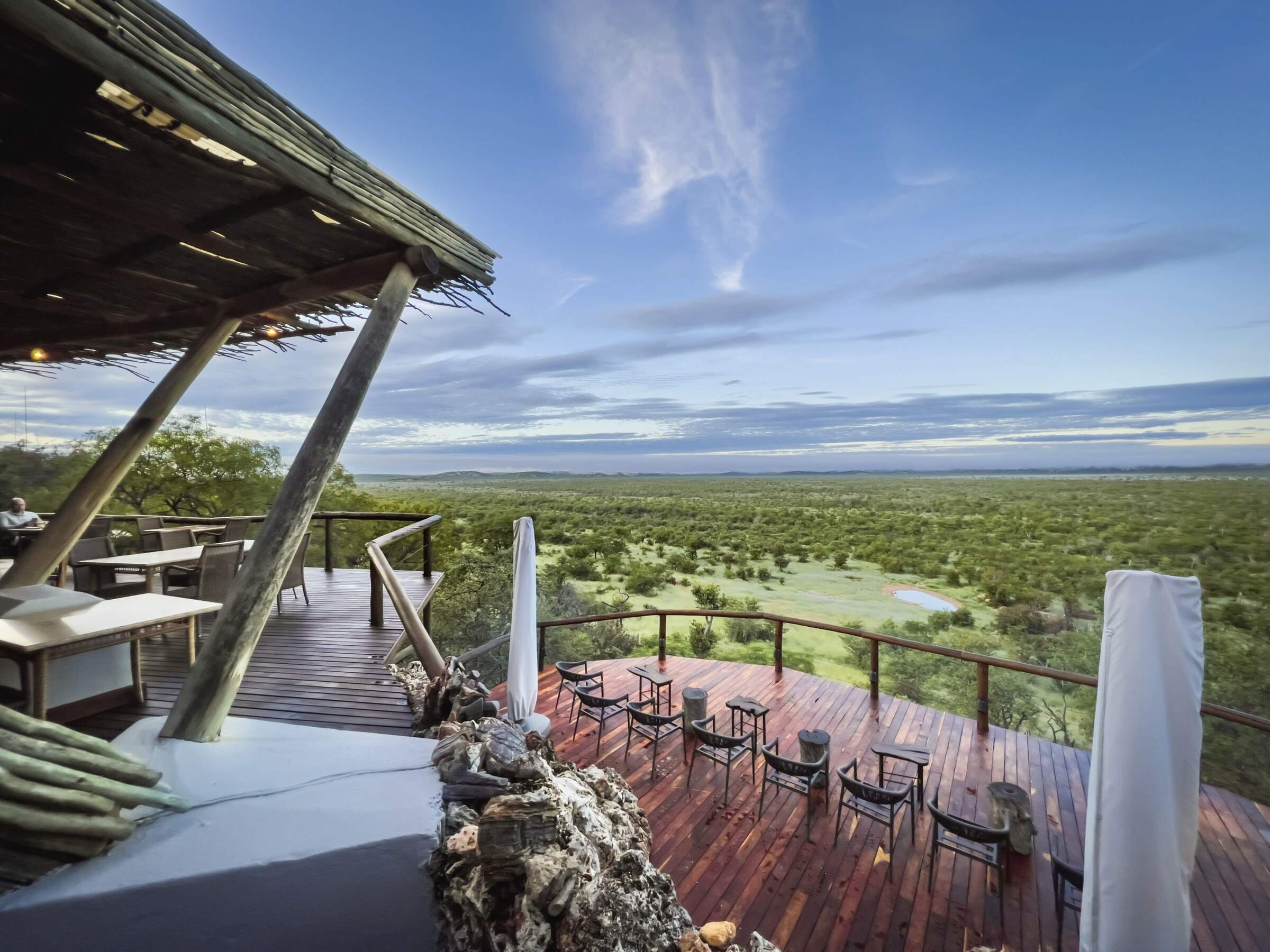
Ongava Lodge
With fantastic views over a private reserve bordering Etosha, the smart Ongava Lodge offers driving and walking safaris on the reserve, and guided drives in Etosha.
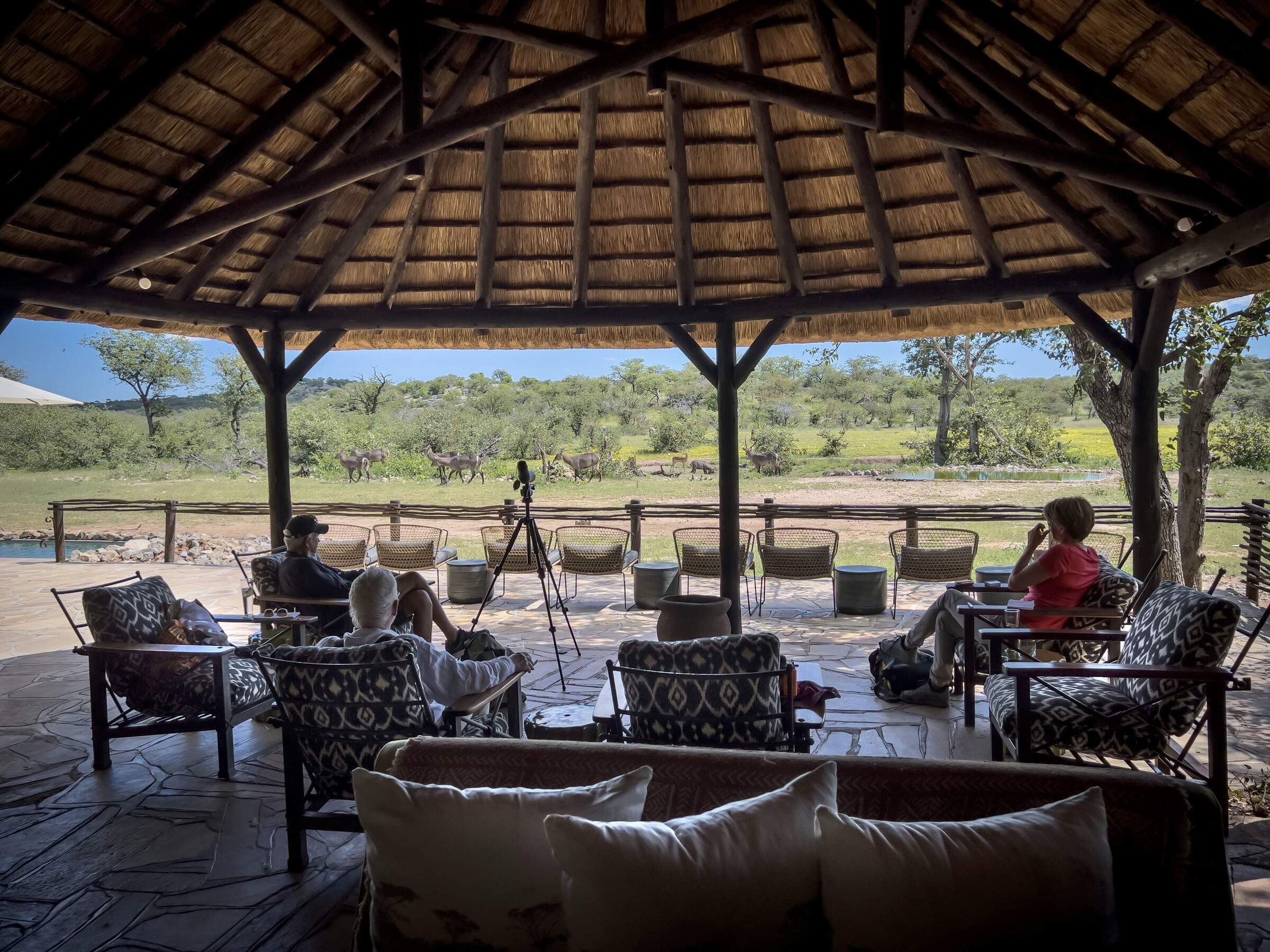
Ongava Tented Camp
Set around a waterhole on a private reserve, the small Ongava Tented Camp combines understated comfort with activities that include walks and night drives.
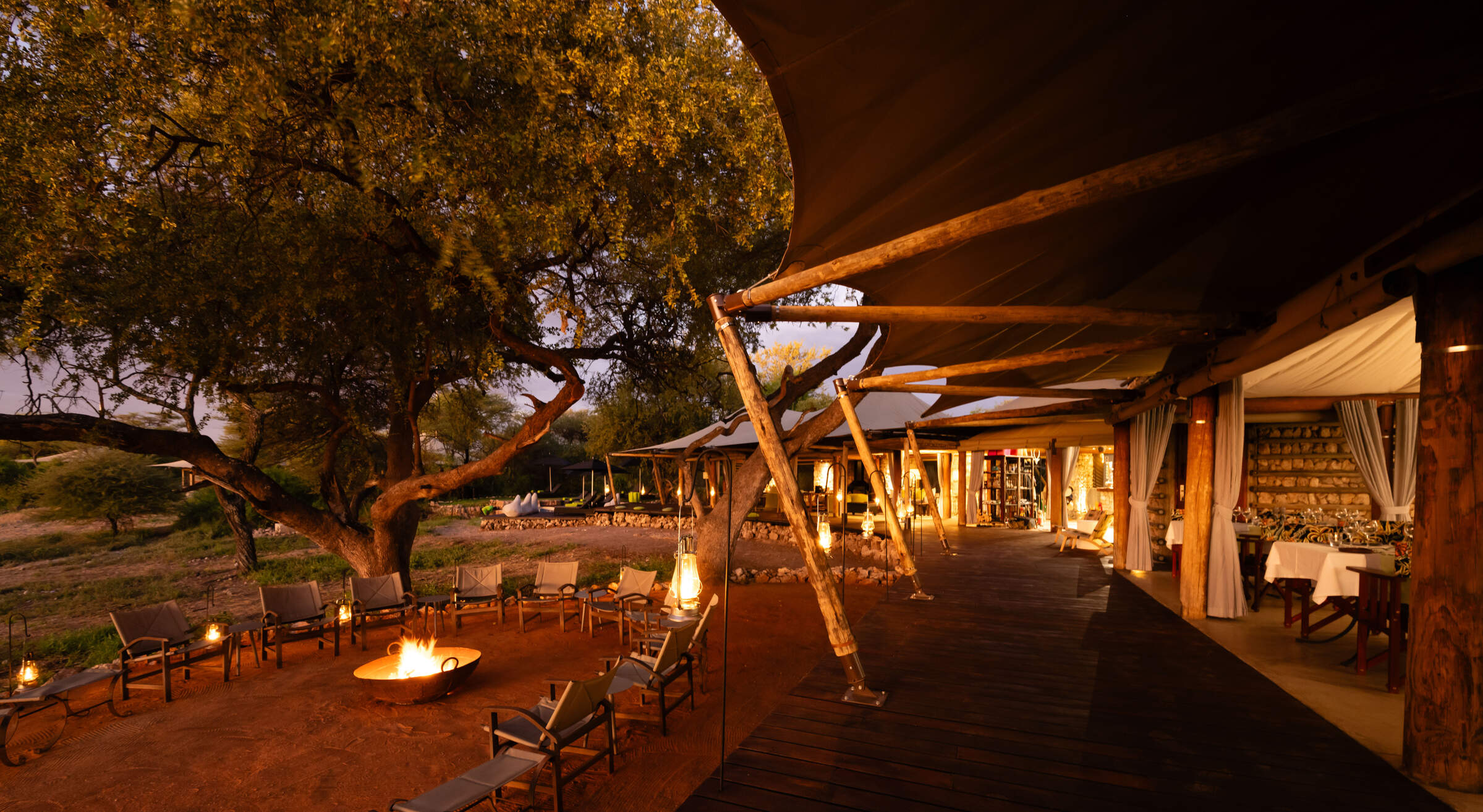
Onguma Tented Camp
Onguma Tented Camp is a lovely, little tented camp which centres around an attractive waterhole a short drive from the Von Lindequist Gate to eastern Etosha.
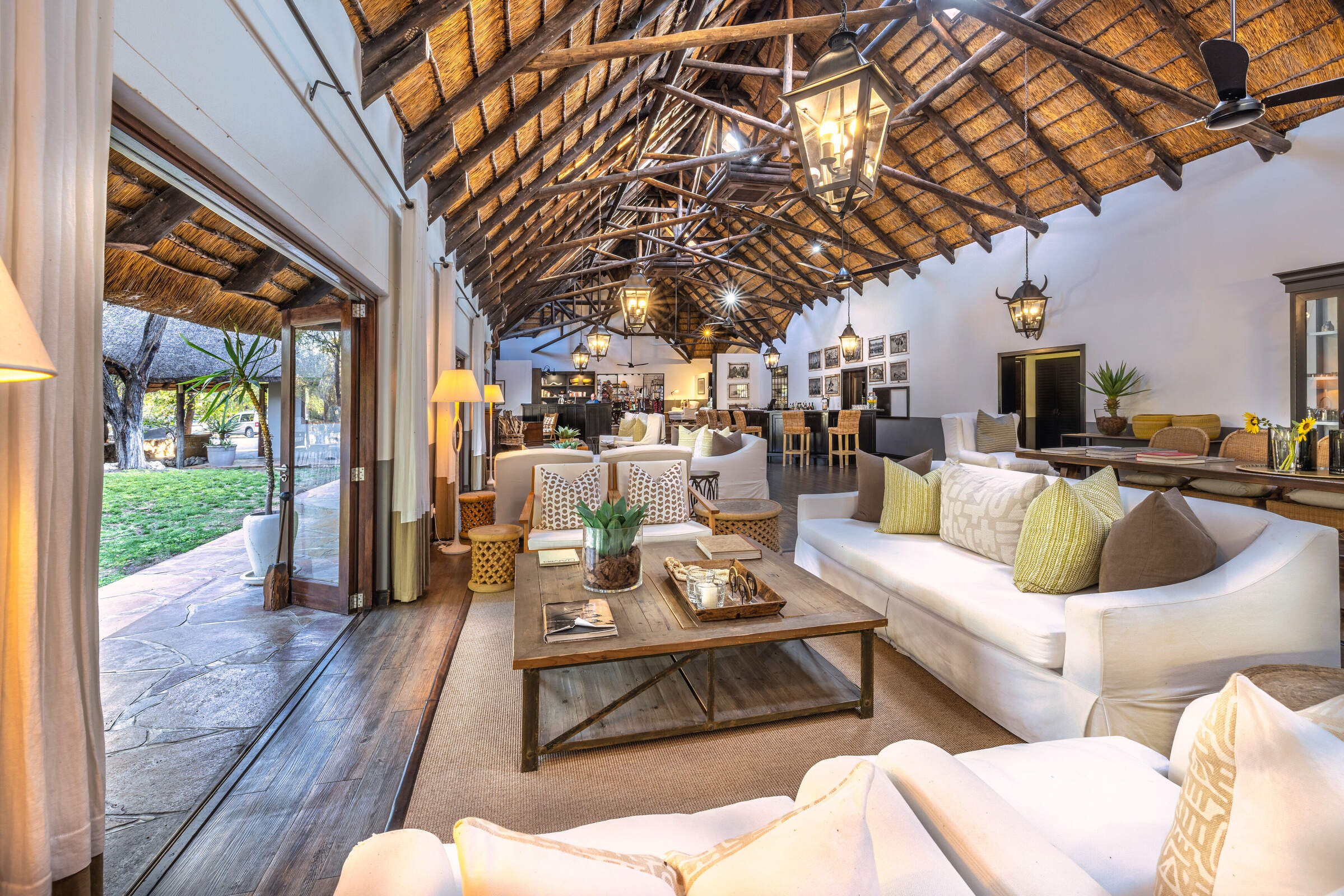
Mushara Lodge
Close to the eastern entrance to Etosha, the comfortable Mushara Lodge is well-placed for exploring the park in your own vehicle or on a guided drive.
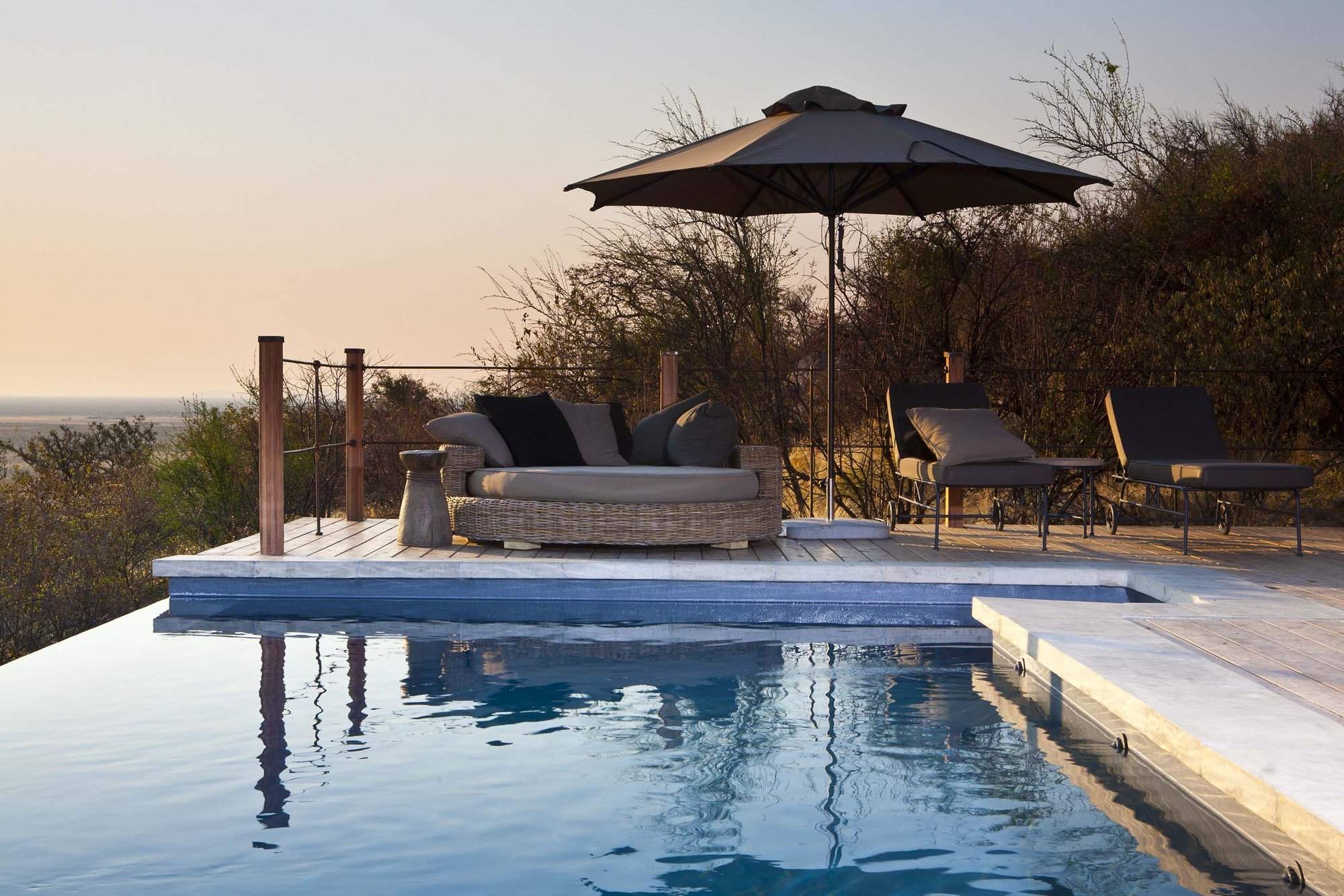
Dolomite Camp
Opened in 2011, Dolomite Camp allows visitors access to the far west side of Etosha National Park, which was previously off limits to most visitors.

Onguma Bush Camp
For great wildlife viewing without breaking the bank, the affordable and understated luxury of Onguma Bush Camp could be perfect.
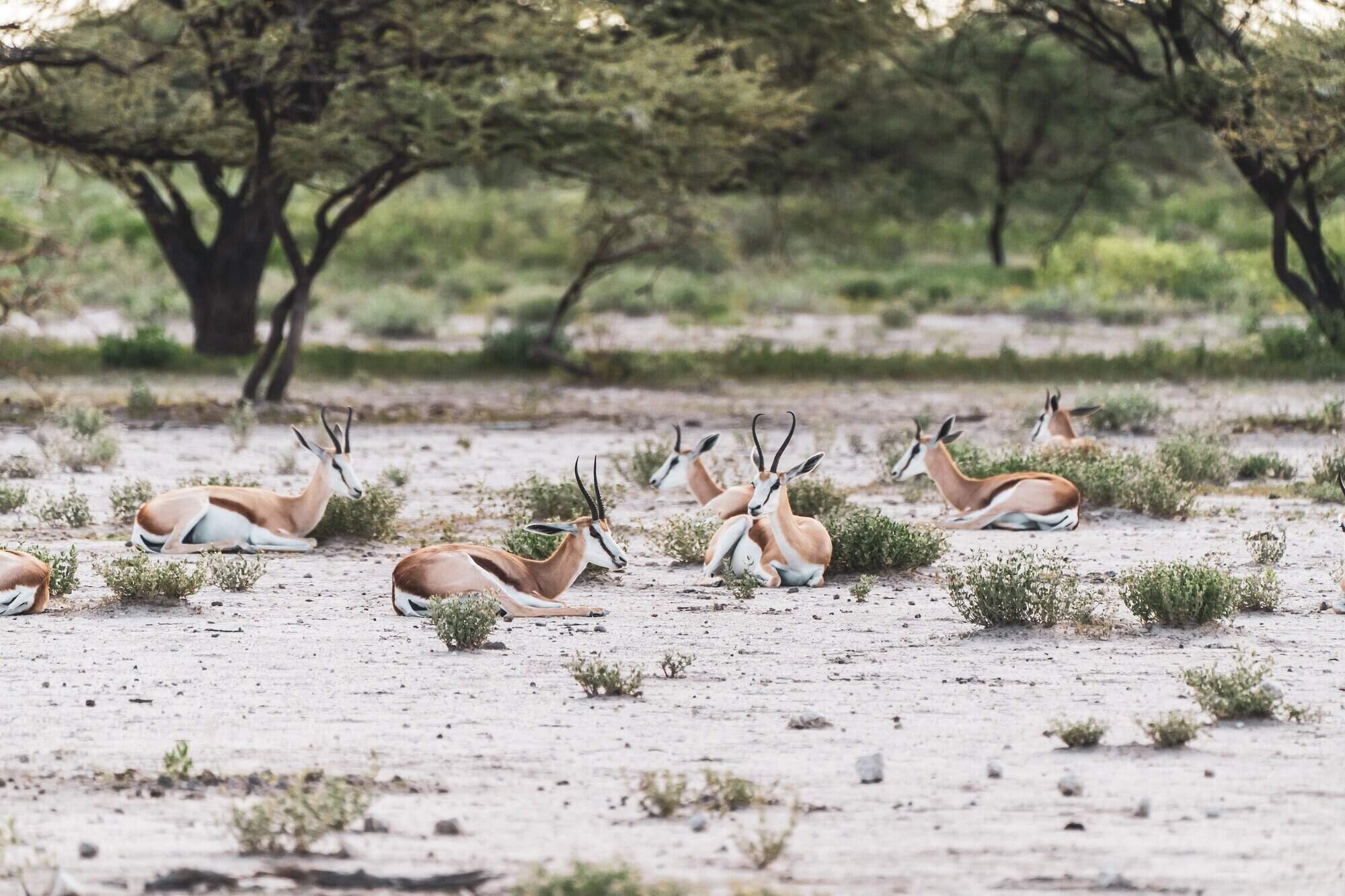
Namutoni Camp
Centred on an old fort, the government run Namutoni Camp is located just inside Etosha National Park, close to Fisher's Pan.
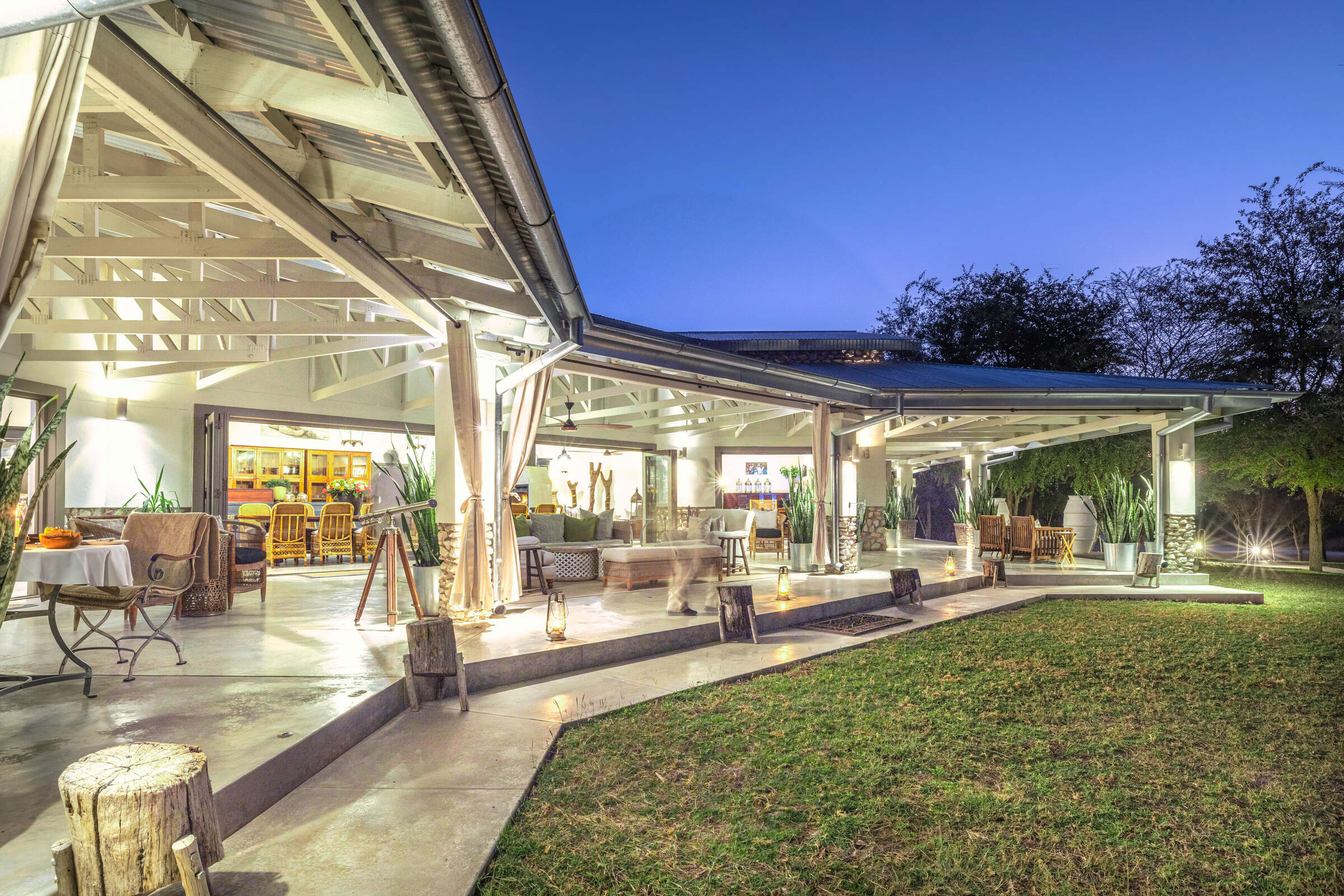
Mushara Outpost
Intimate and luxurious, Mushara Outpost is well-placed on a private reserve to explore nearby Etosha National Park on your own or on a guided drive.
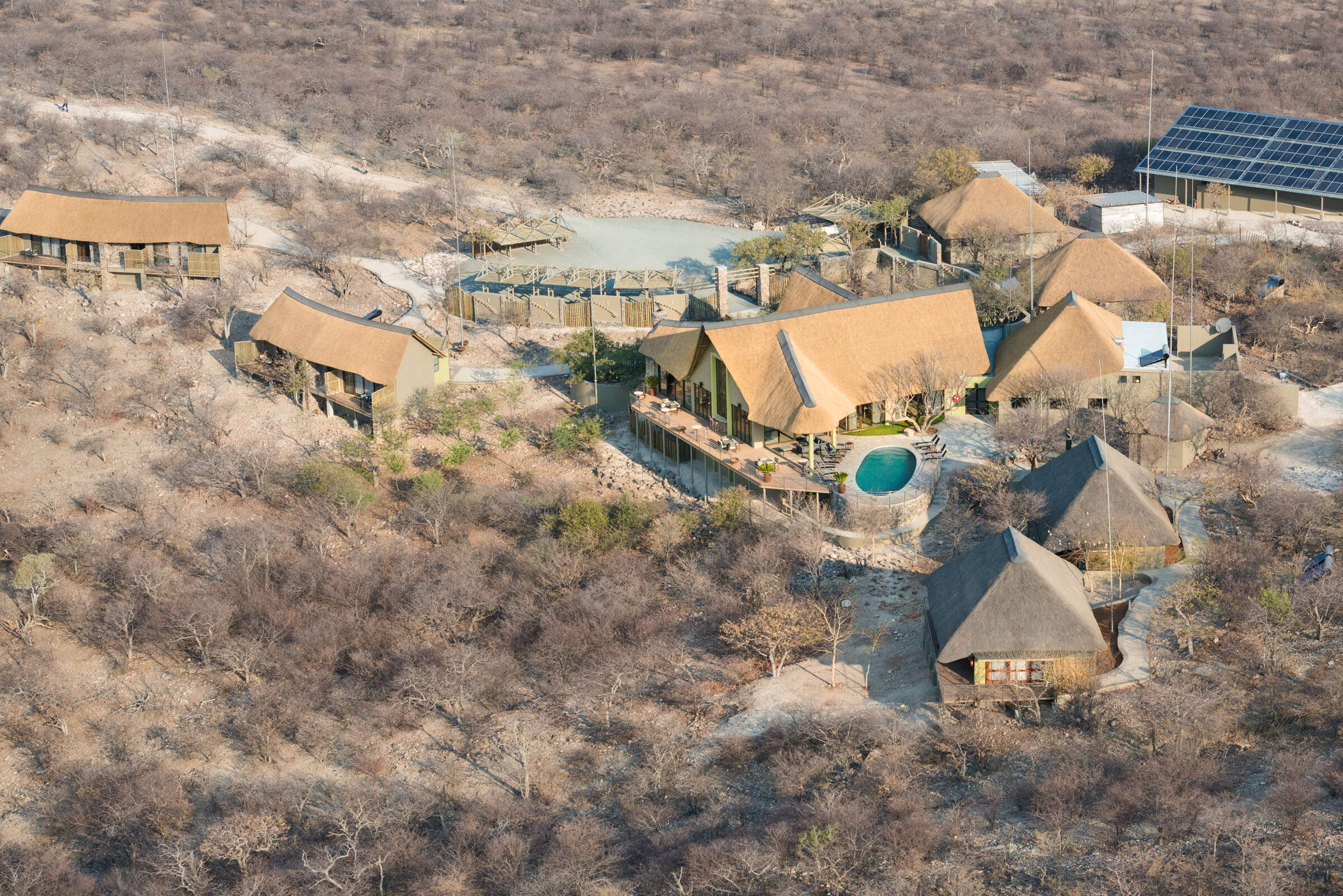
Safarihoek Lodge
At the heart of the private Etosha Heights Reserve, Safarihoek Lodge offers comfortable accommodation and excellent game-viewing.
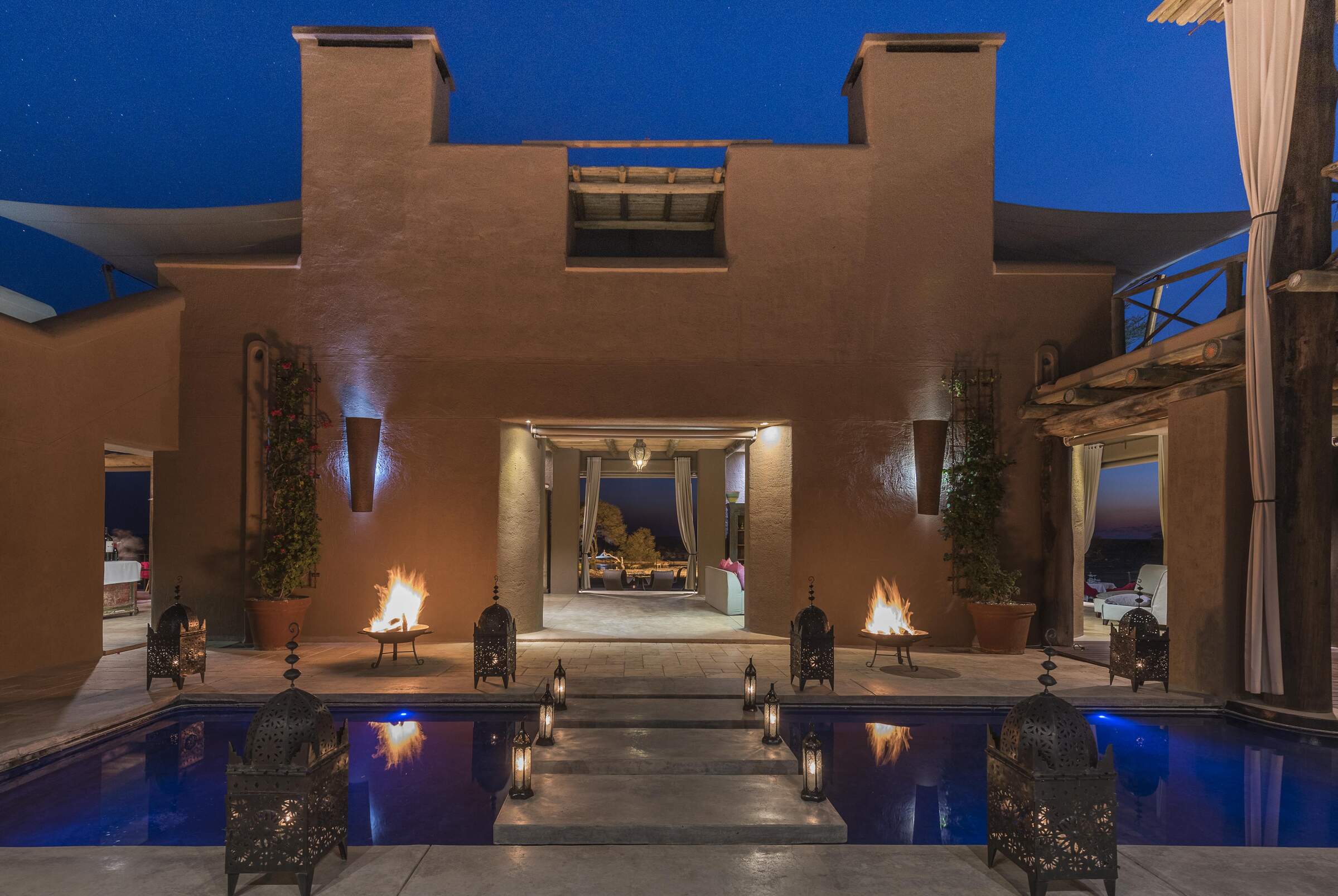
Onguma The Fort
The Fort is the jewel in the crown of the Onguma lodges, and arguably the whole of eastern Etosha.
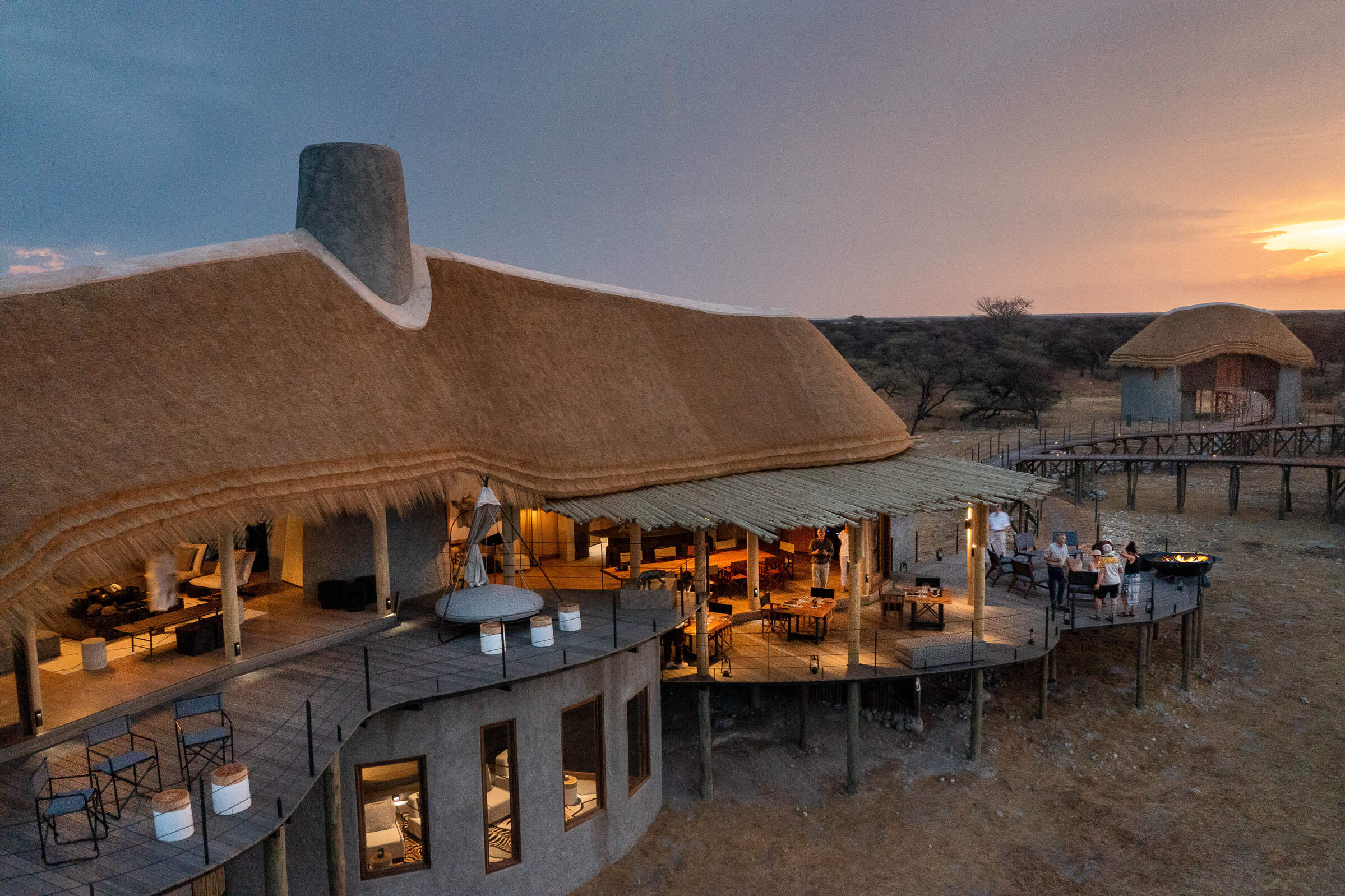
Onguma Camp Kala
For a bird’s eye view across African bush, the stilted rooms at Onguma Camp Kala are truly special.
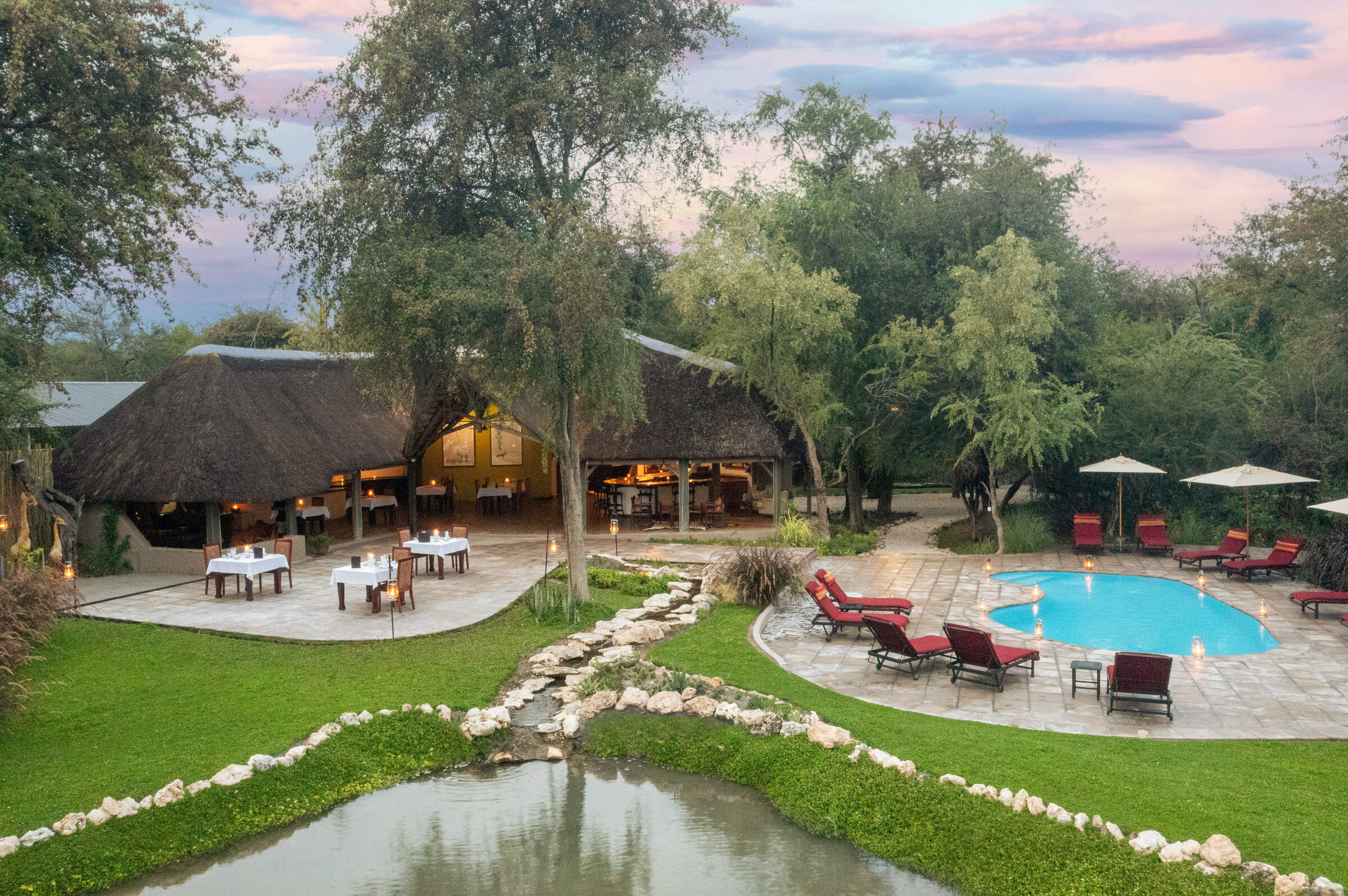
Onguma Forest Camp
From its woodland setting on the Onguma Reserve, Forest Camp is within easy striking distance of Namibia’s flagship national park.
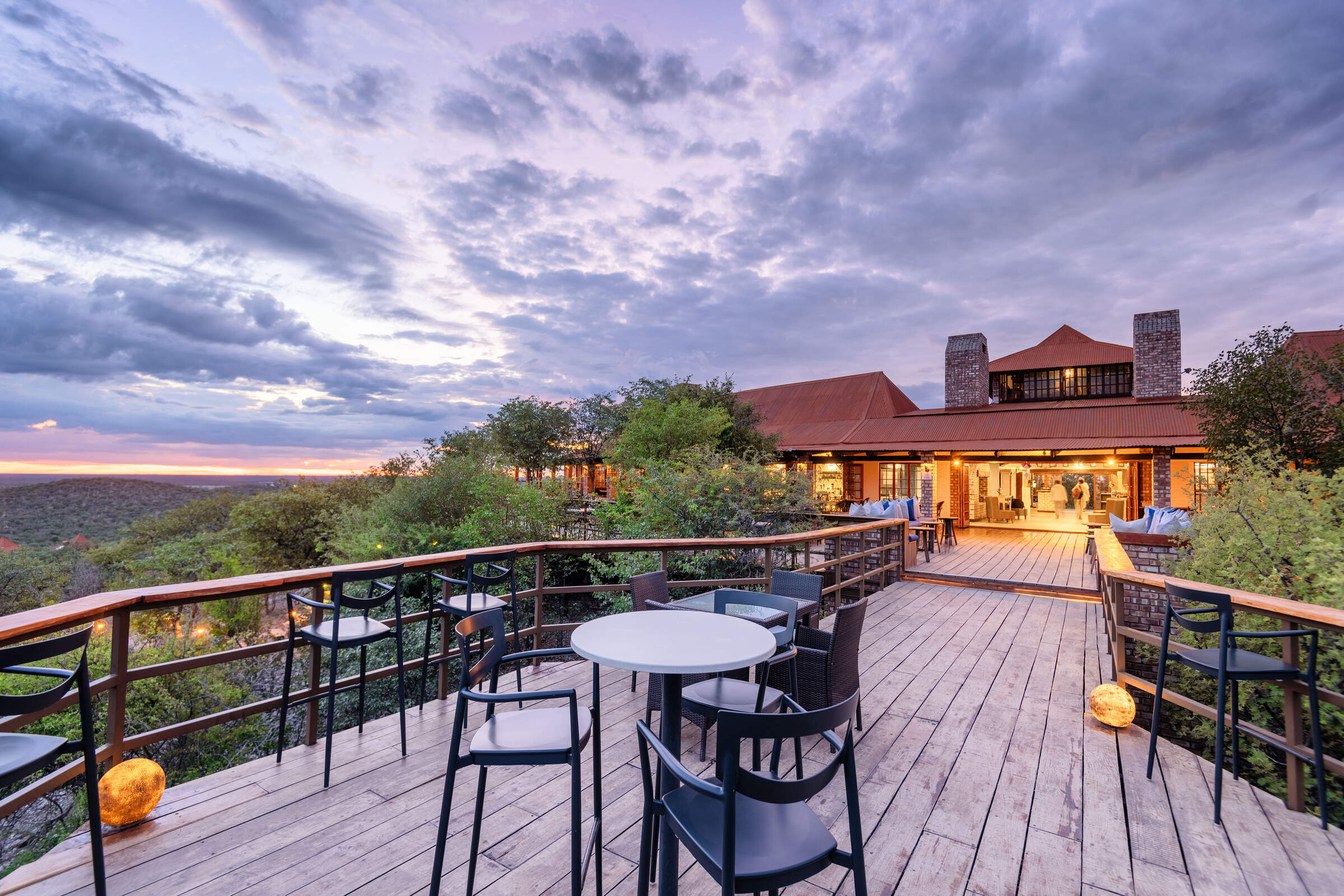
Etosha Safari Lodge
A short drive from Etosha National Park's southern entrance, Etosha Safari Lodge is a convenient base from which to explore the park.
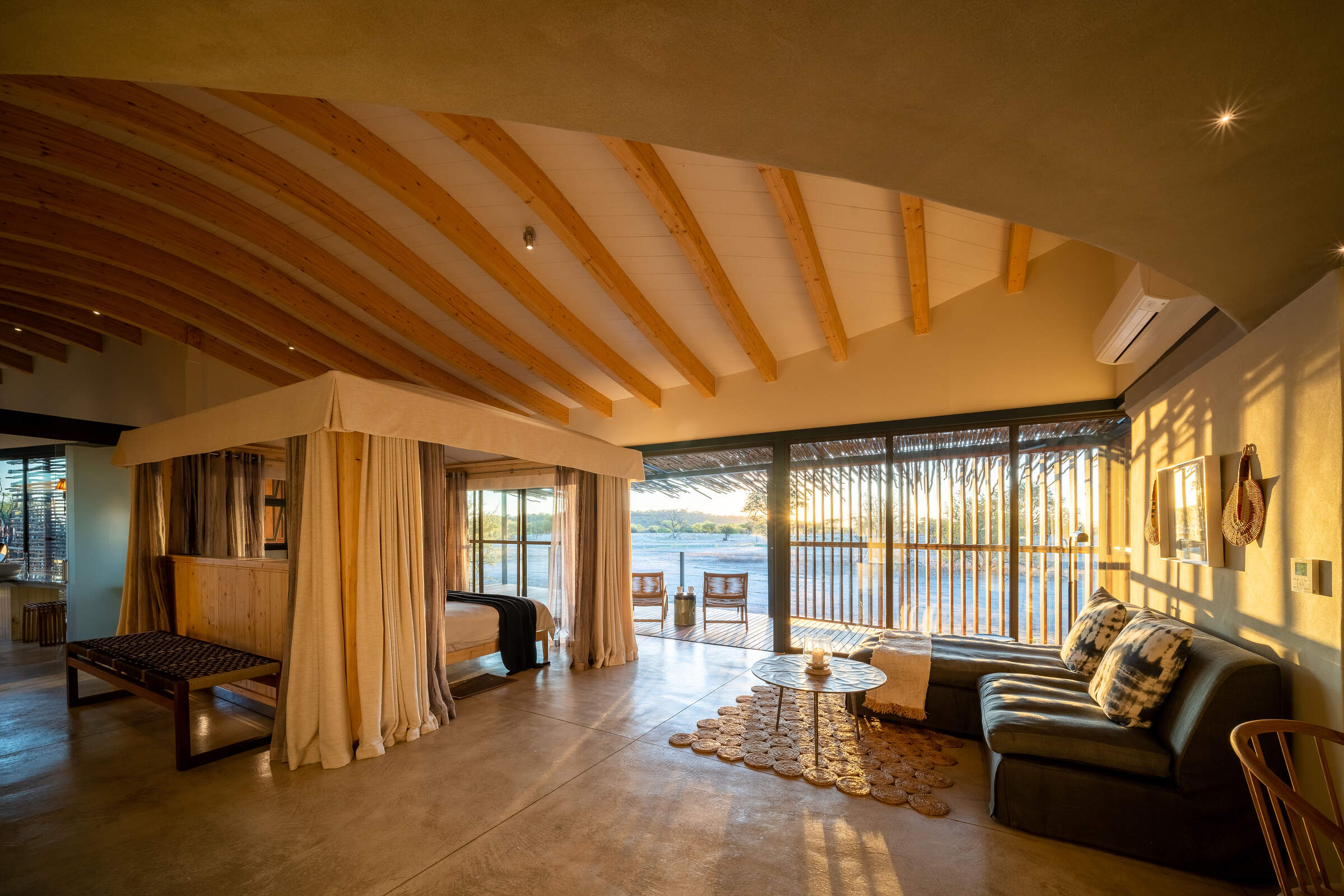
Andersson's at Ongava
With game drives on both its private reserve and in Etosha, Andersson's at Ongava also offers access to the Ongava Research Centre.
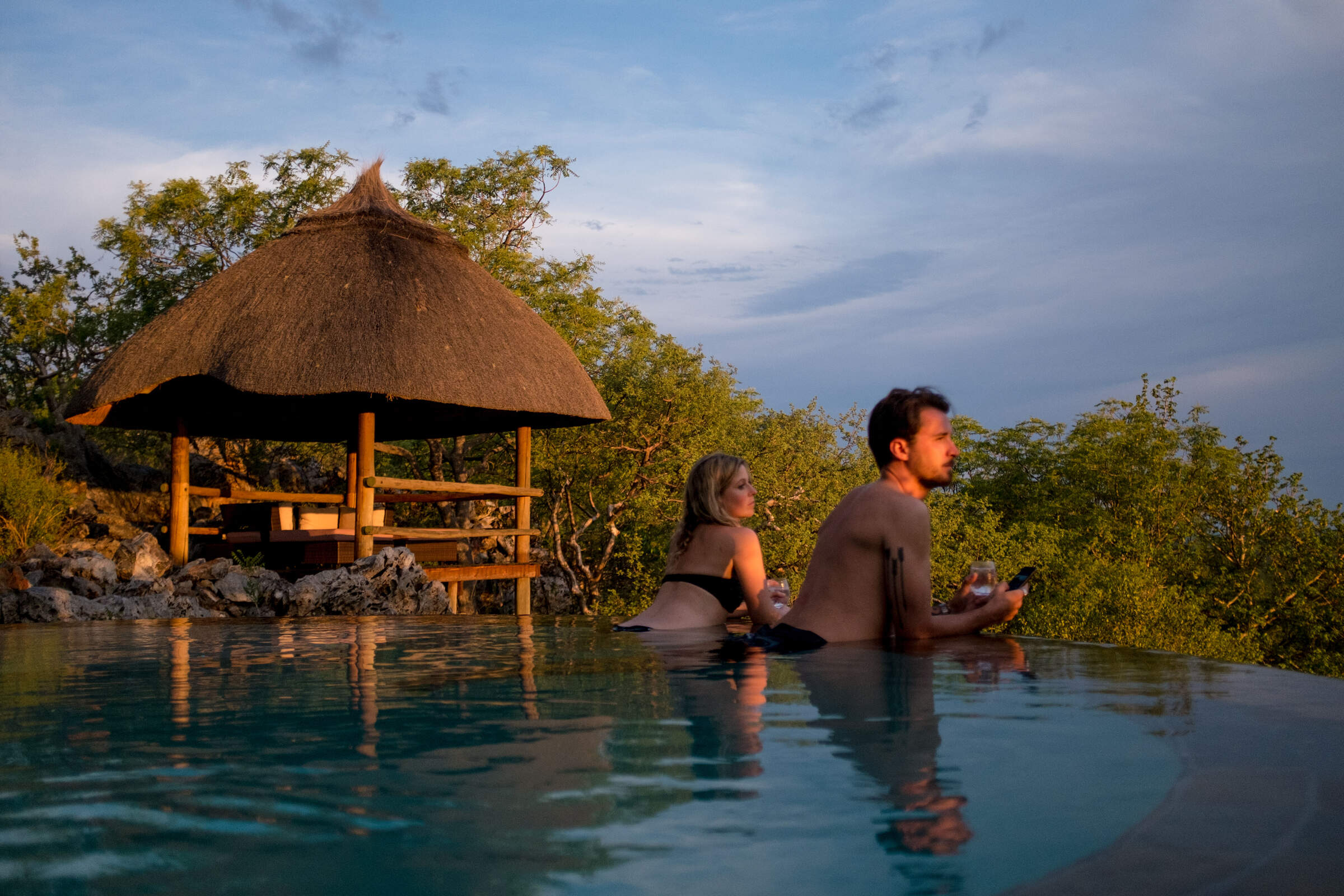
Little Ongava
The beautifully located and luxurious Little Ongava is a stunning place to stay in order to explore Etosha National Park and the private Ongava Reserve.
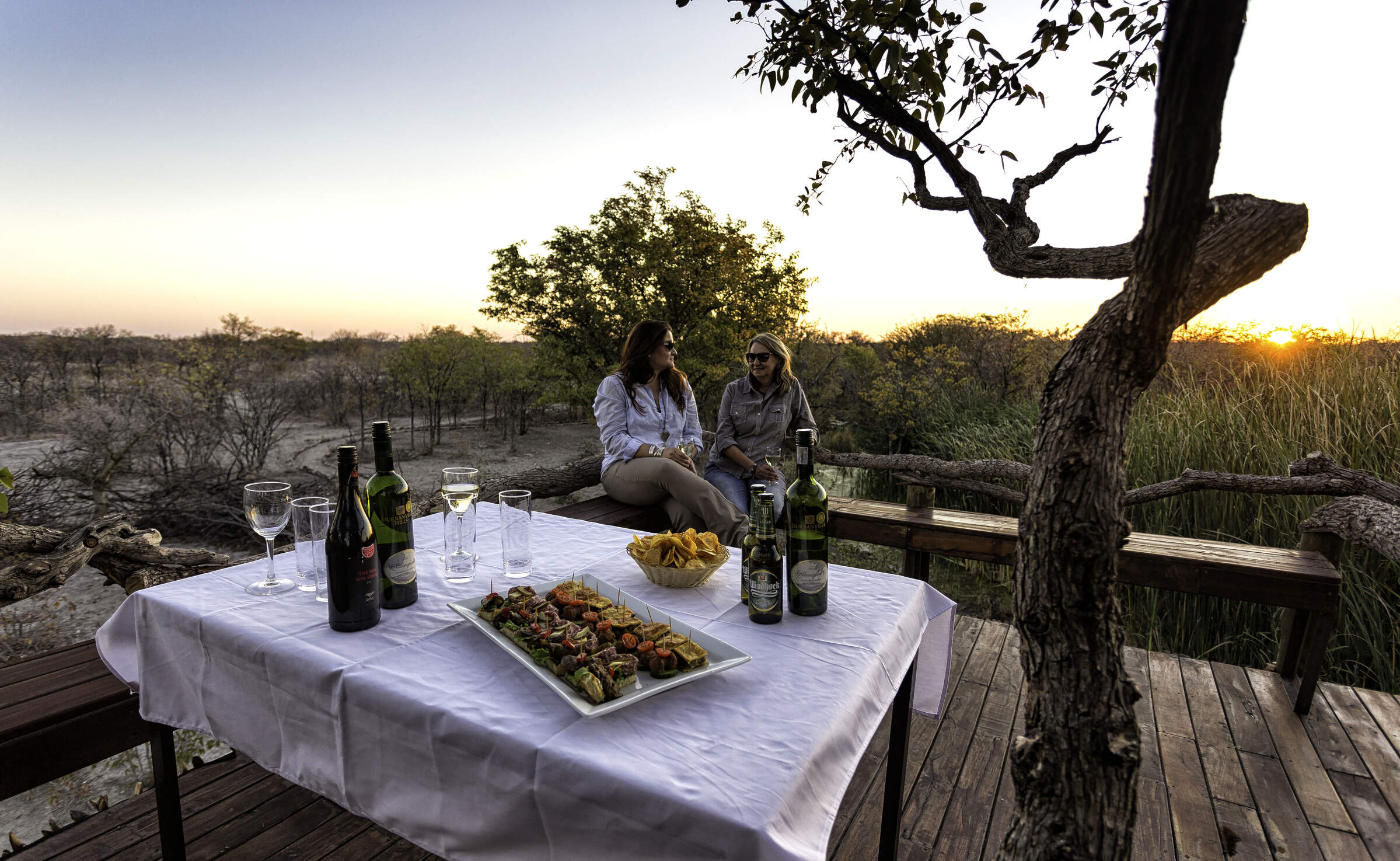
Taleni Etosha Village
Only 4km from Etosha's southern entrance, Taleni Etosha Village is an affordable base from which to explore the park.
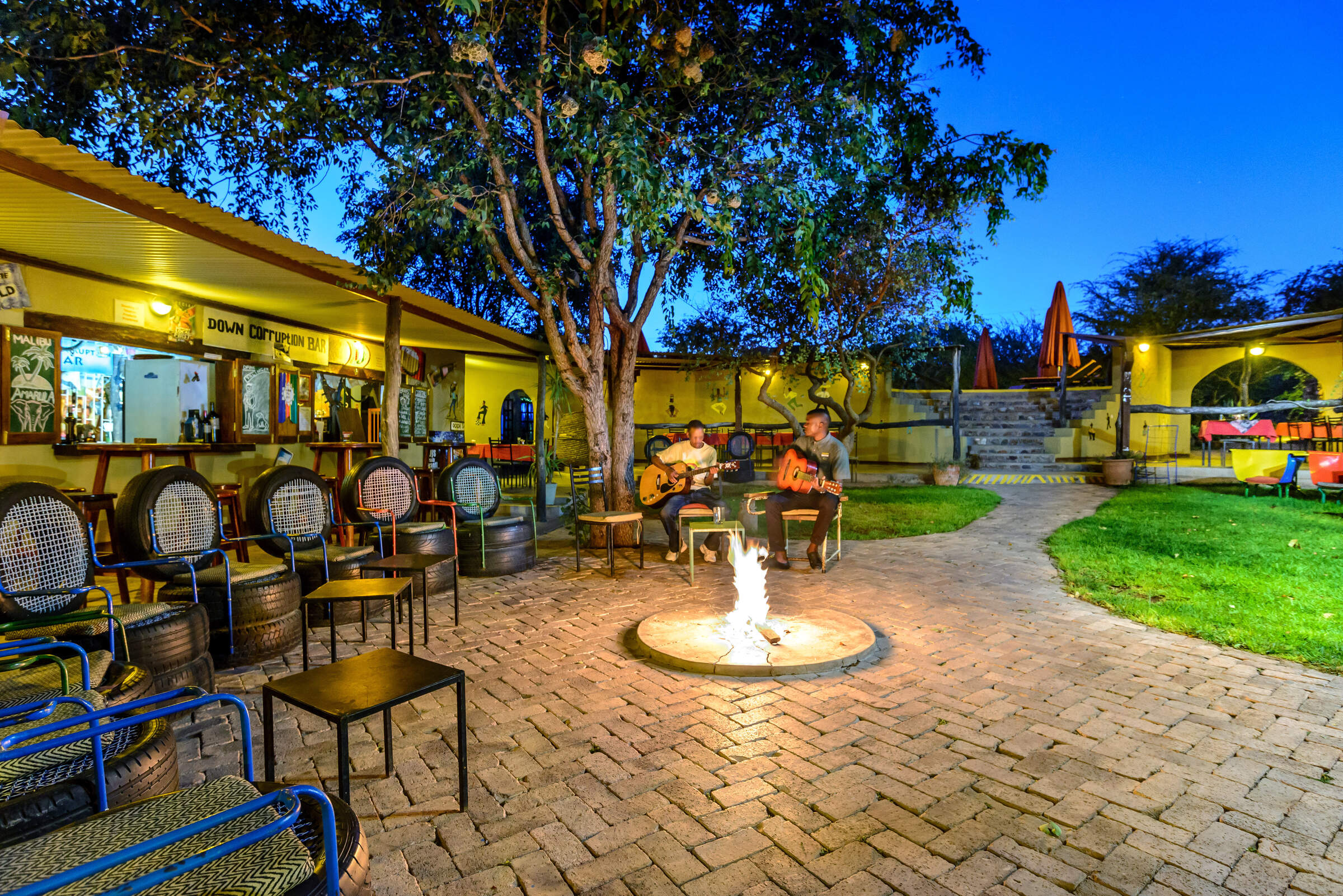
Etosha Safari Camp
Funky, low-key and very original, Etosha Safari Camp is well placed for visiting Etosha National Park on a self-drive or guided safari.
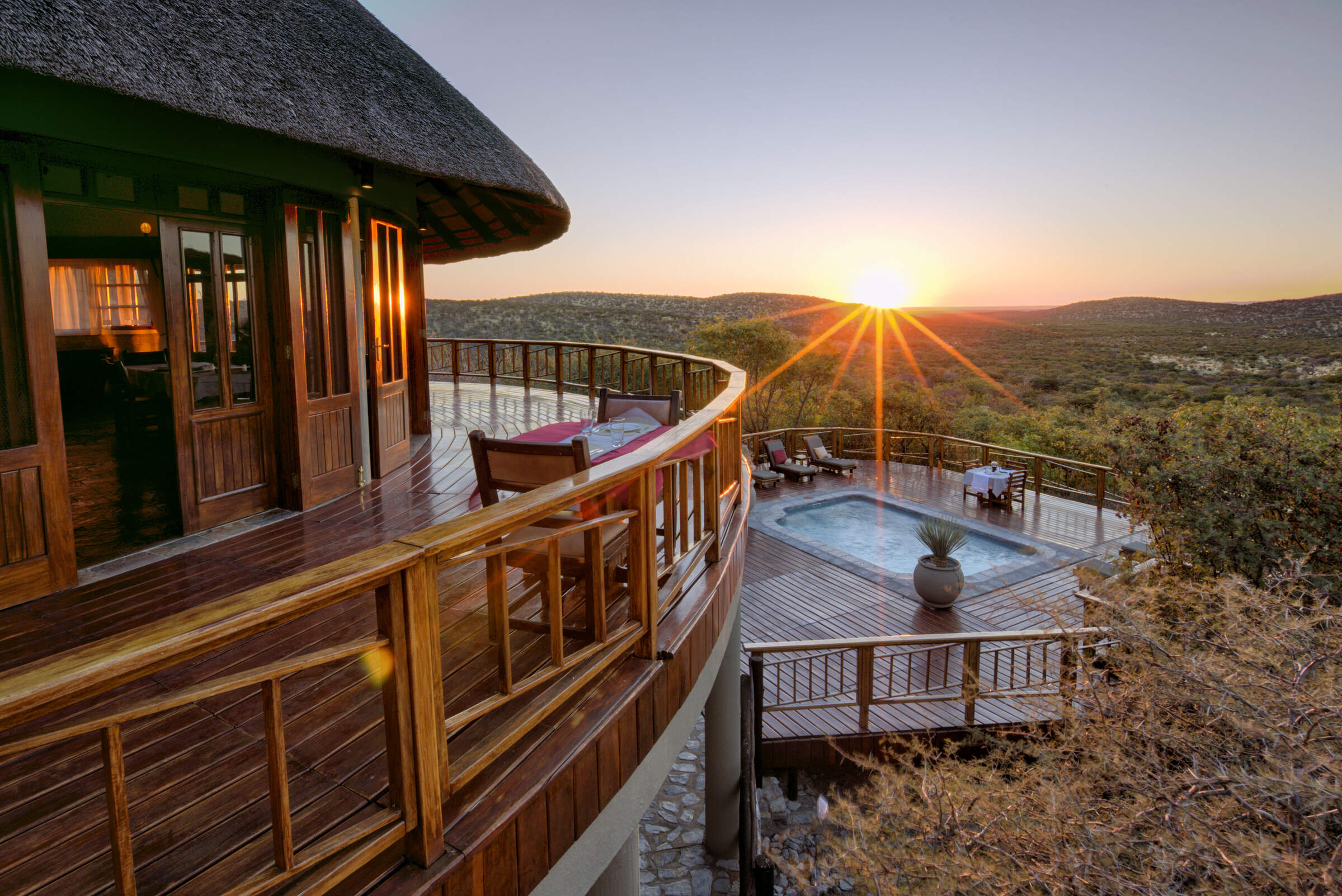
Mountain Lodge
In the heart of the private Etosha Heights Reserve, the family-friendly Mountain Lodge offers game drives and bush walks within an exclusive environment.
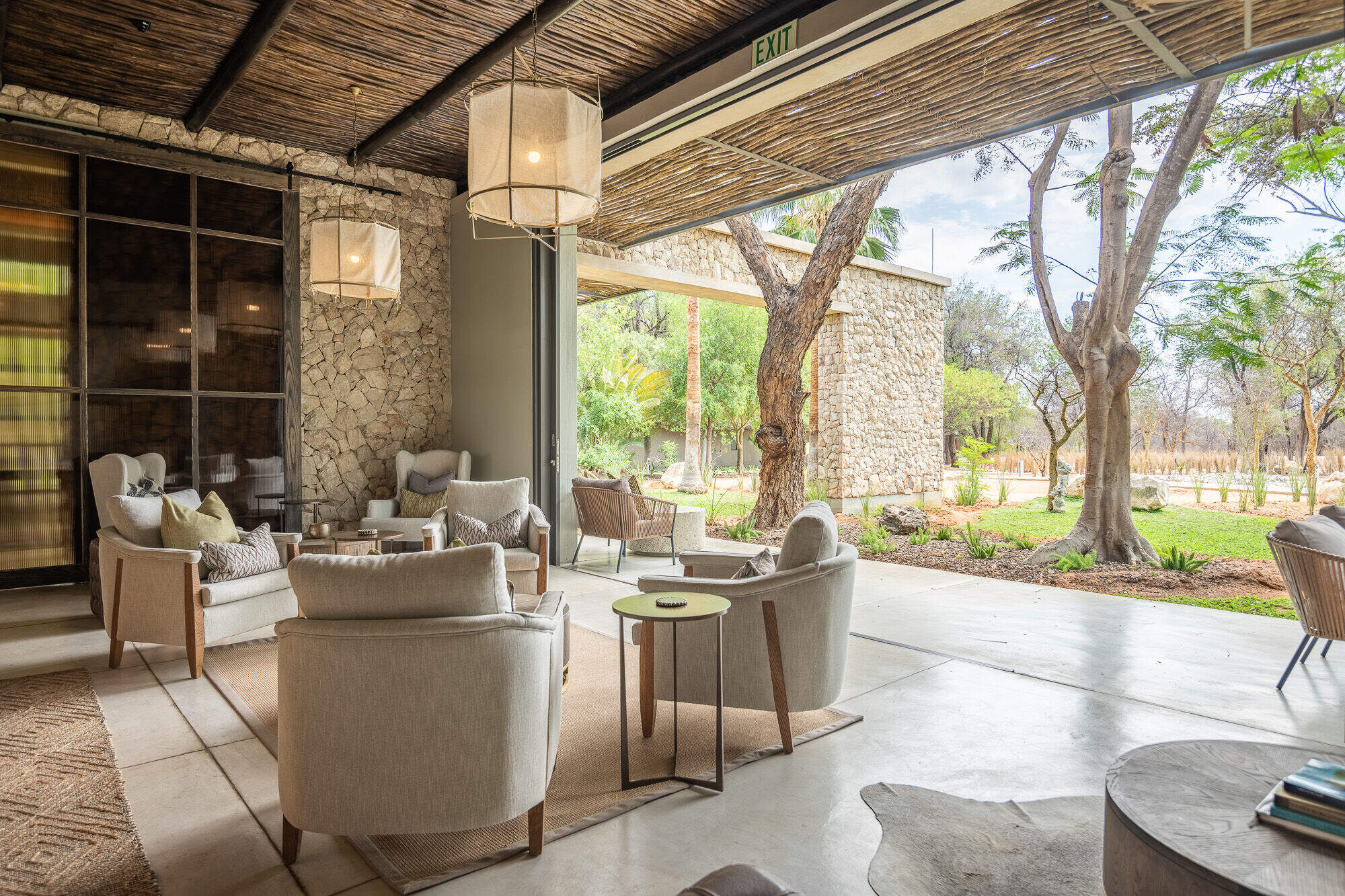
Mokuti Etosha Lodge
With 106 rooms, child-friendly Mokuti Etosha Lodge is more like a hotel than a lodge. Facilities to include a gym, spa, tennis courts and even a snake park.
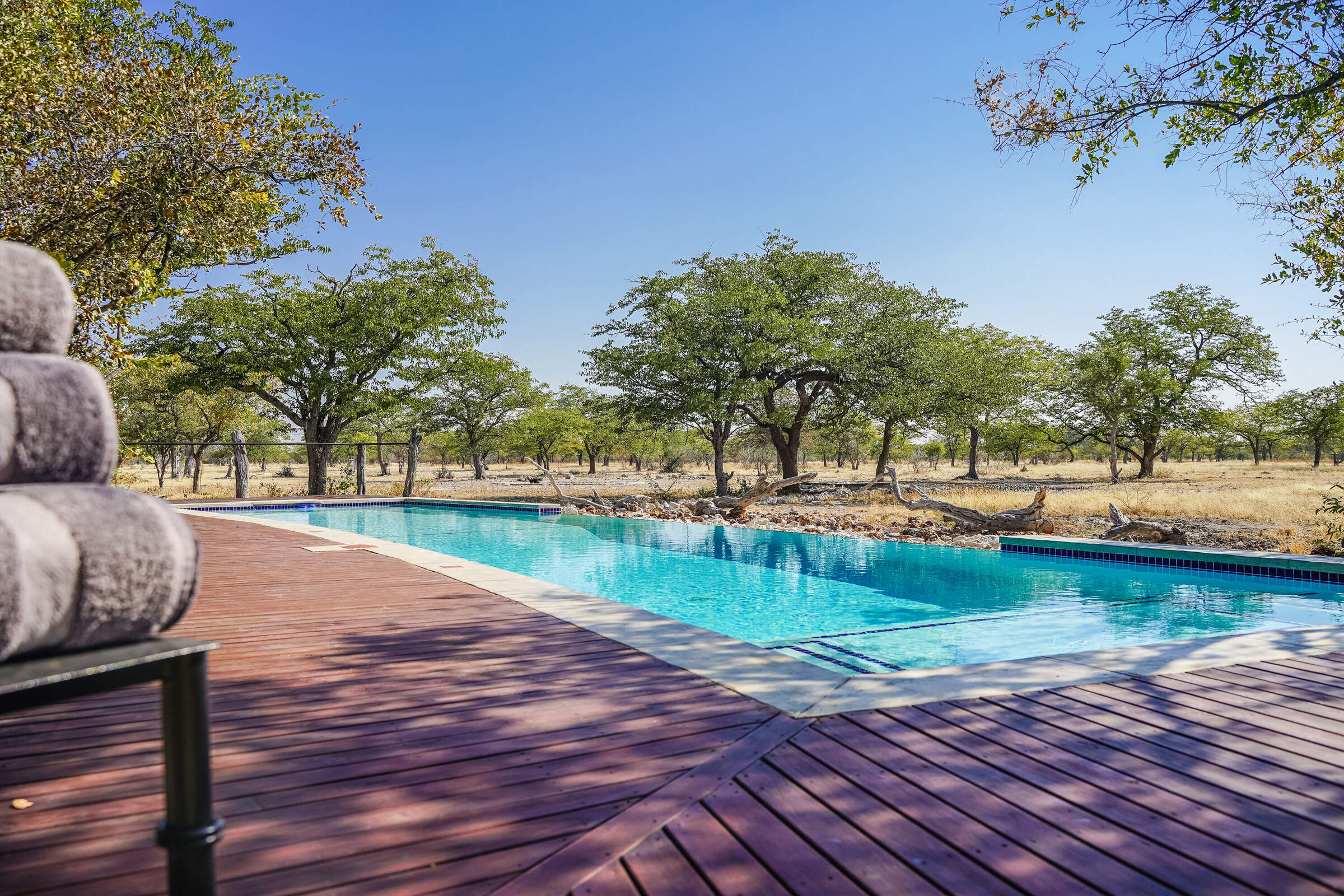
Etosha Oberland Lodge
A short drive from Etosha National Park's southern entrance, Etosha Oberland Lodge is a very comfortable base from which to explore the park, with excellent food.
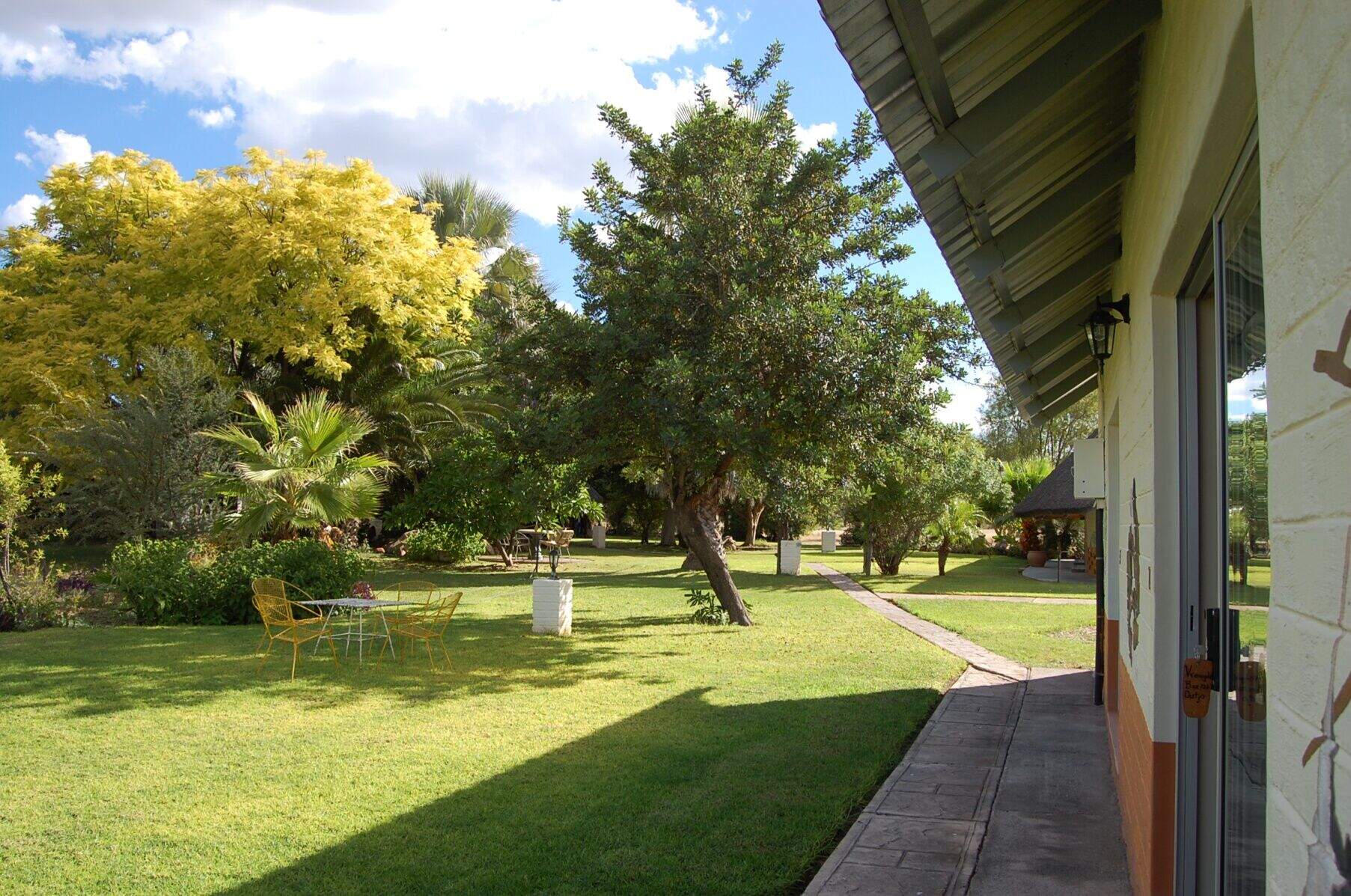
Vreugde Guest Farm
Vreugde Guest Farm is a delightful owner-run and working sheep farm where you can expect a warm welcome and charming hospitality.
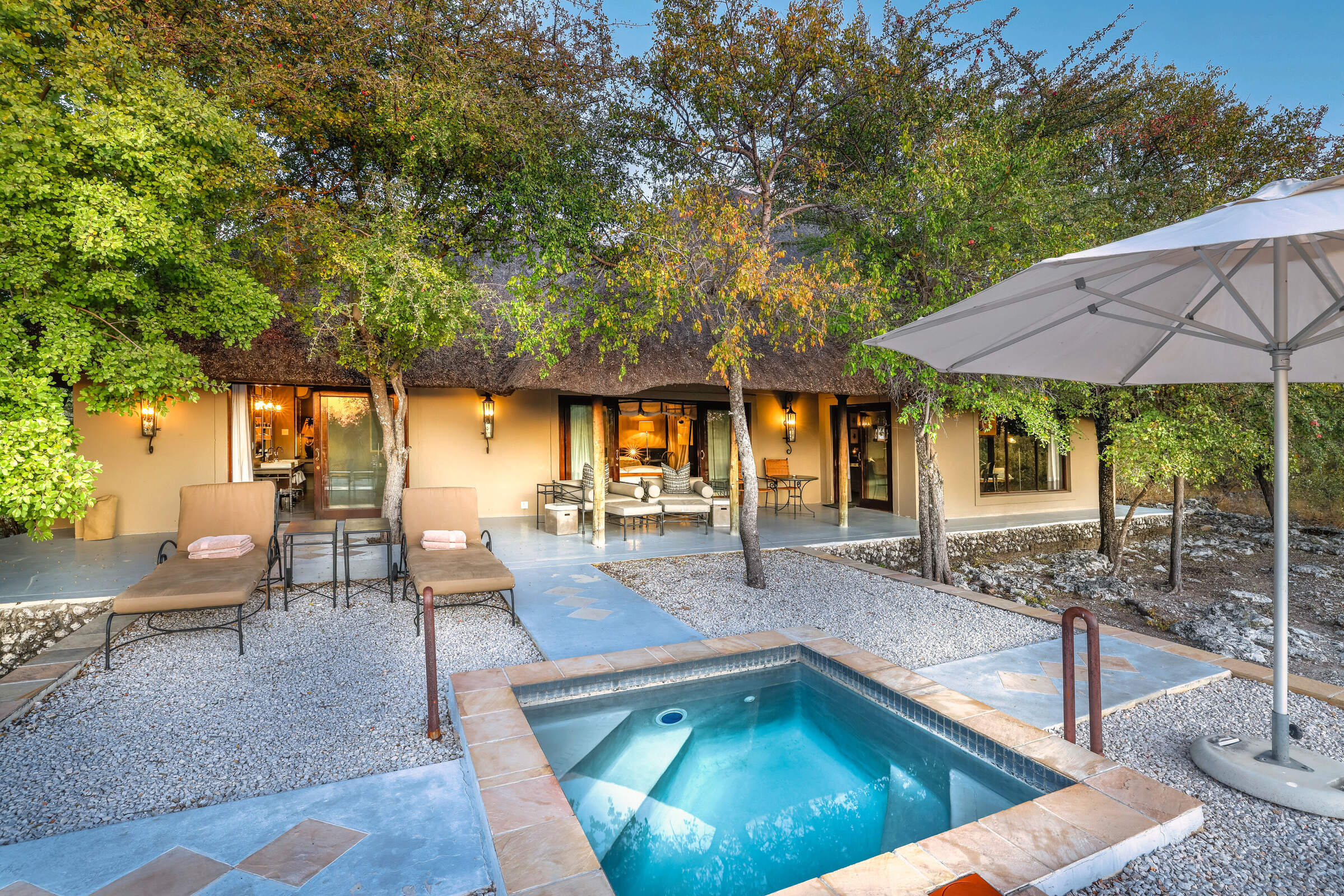
Villa Mushara
Offering luxury on a peaceful private reserve close to Etosha, Villa Mushara is a great choice for honeymooners & those wishing to indulge themselves.
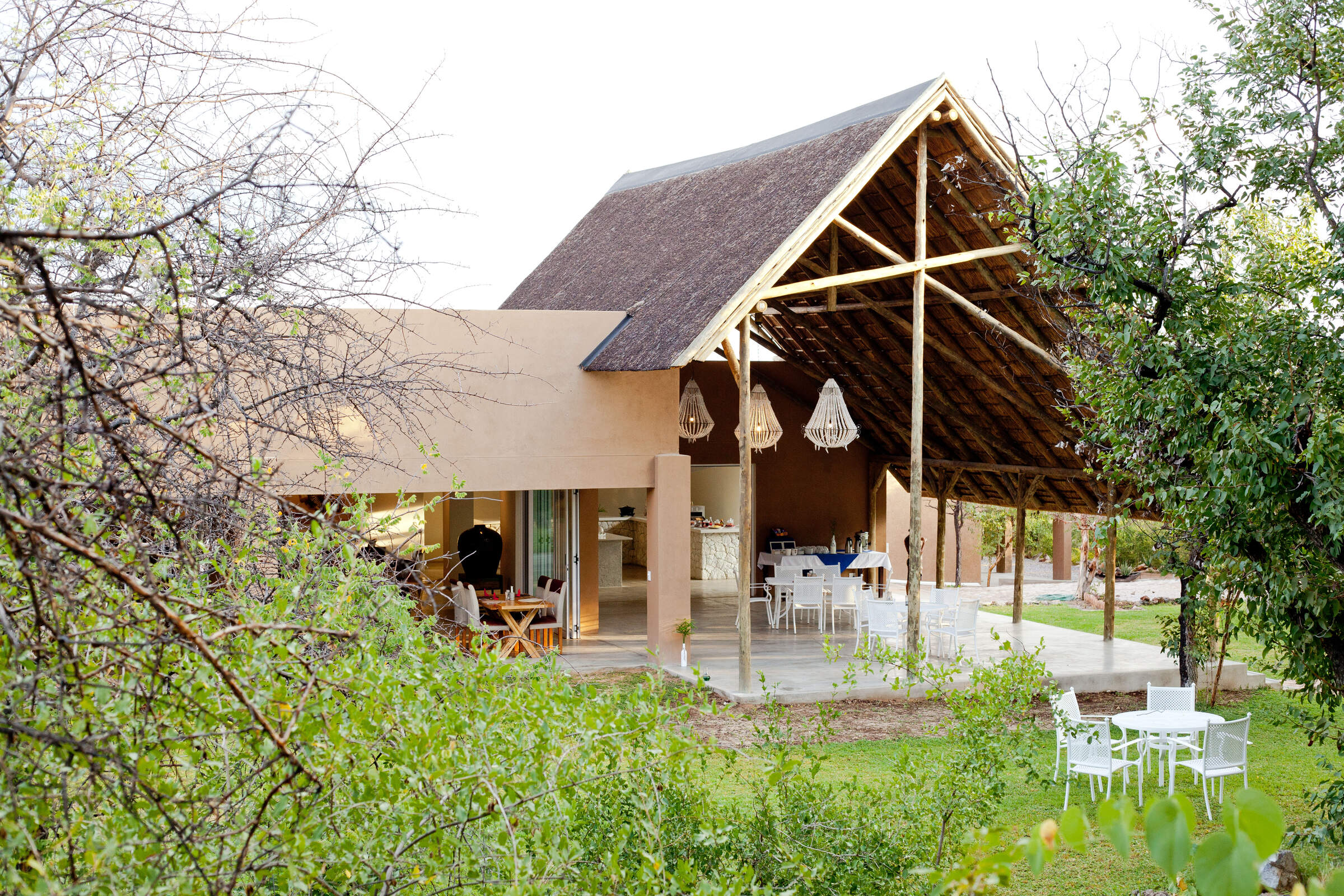
Toshari Lodge
Smart and professionally run, the hotel-style Toshari Lodge is well-placed for self-driving in Etosha National Park.
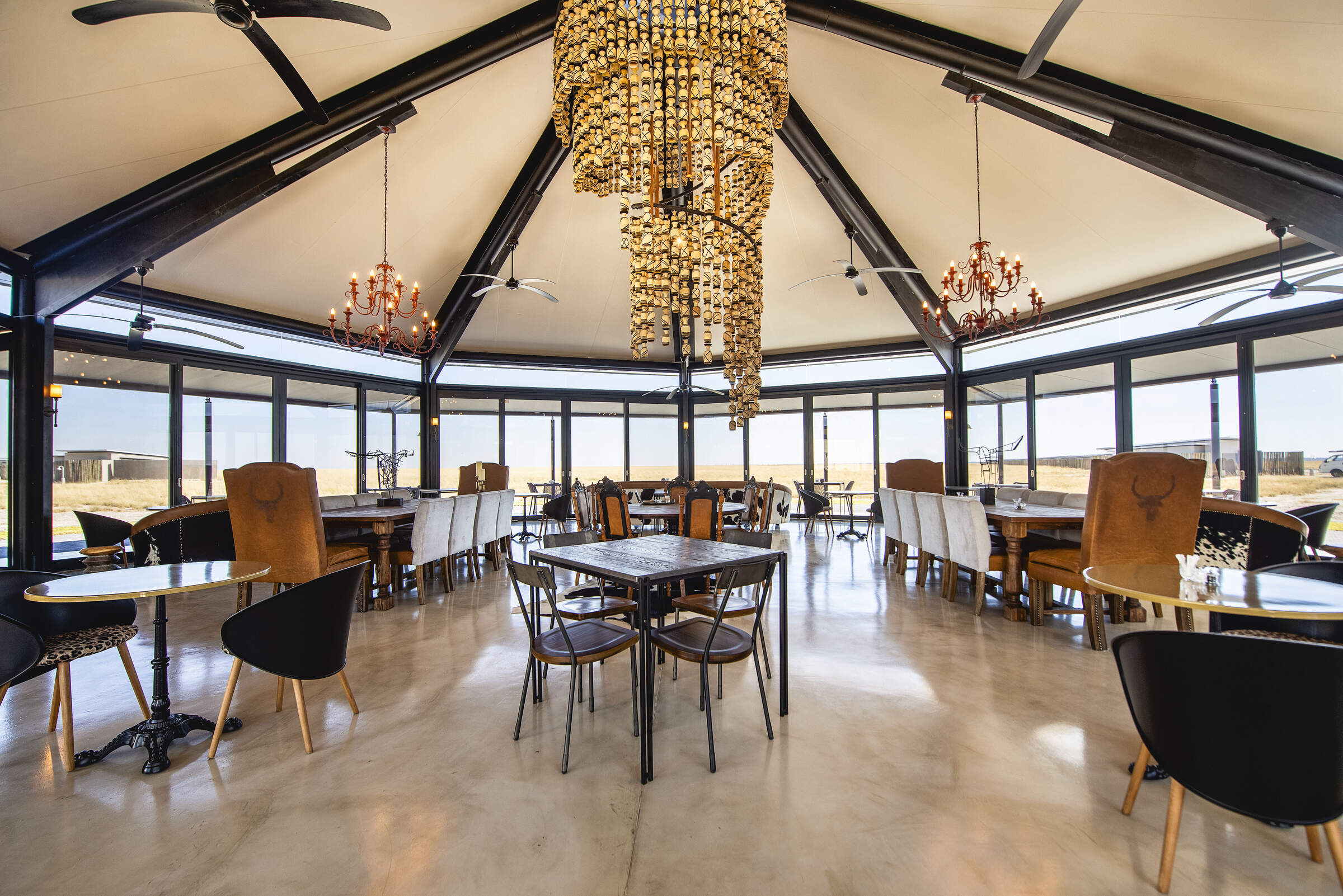
Etosha King Nehale
A short drive from the national park's northern entrance, Etosha King Nehale Lodge is an interesting and comfortable base from which to explore the park.
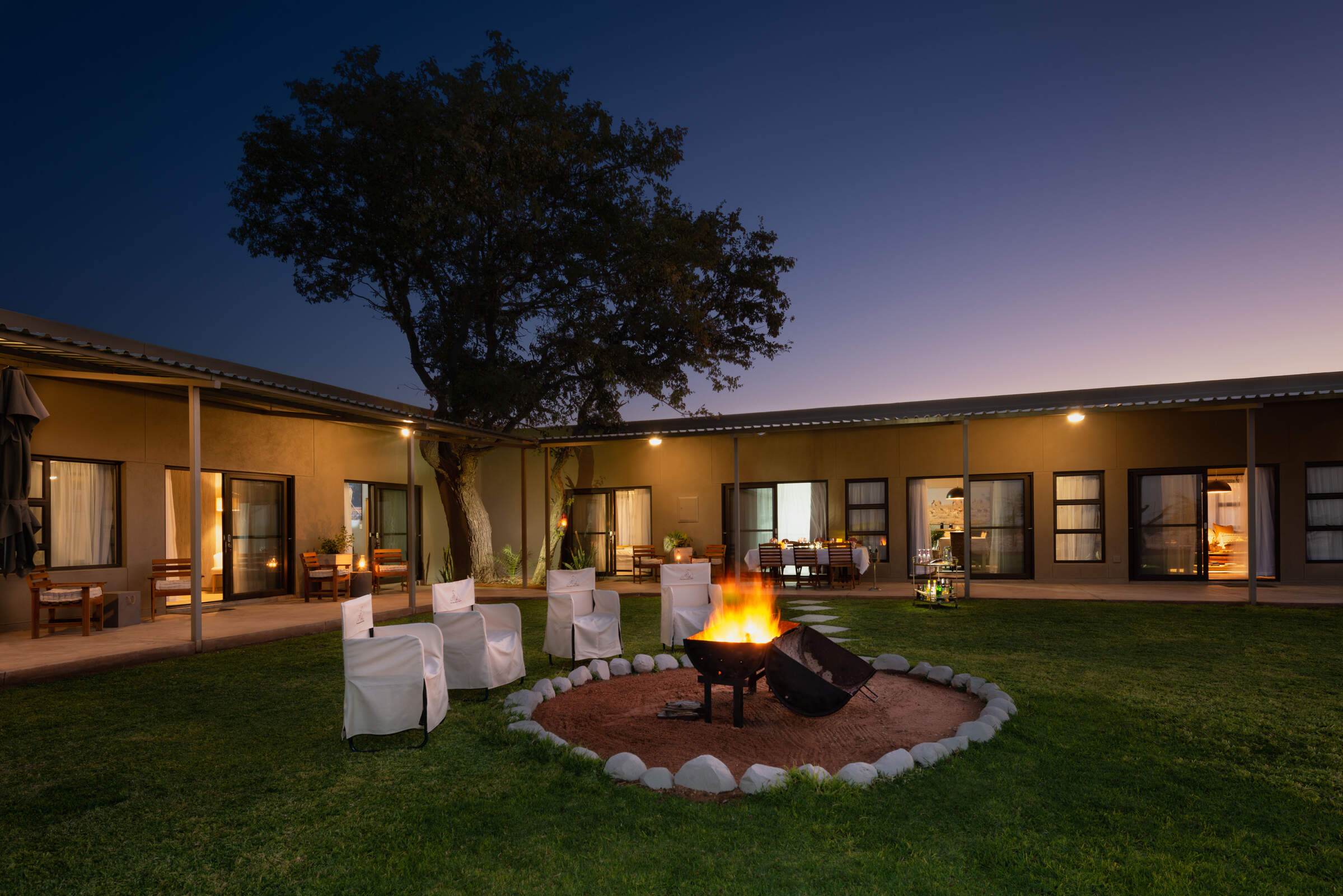
Safari House
The private Safari House on the Etosha Heights reserve is a great option families or friends travelling together.
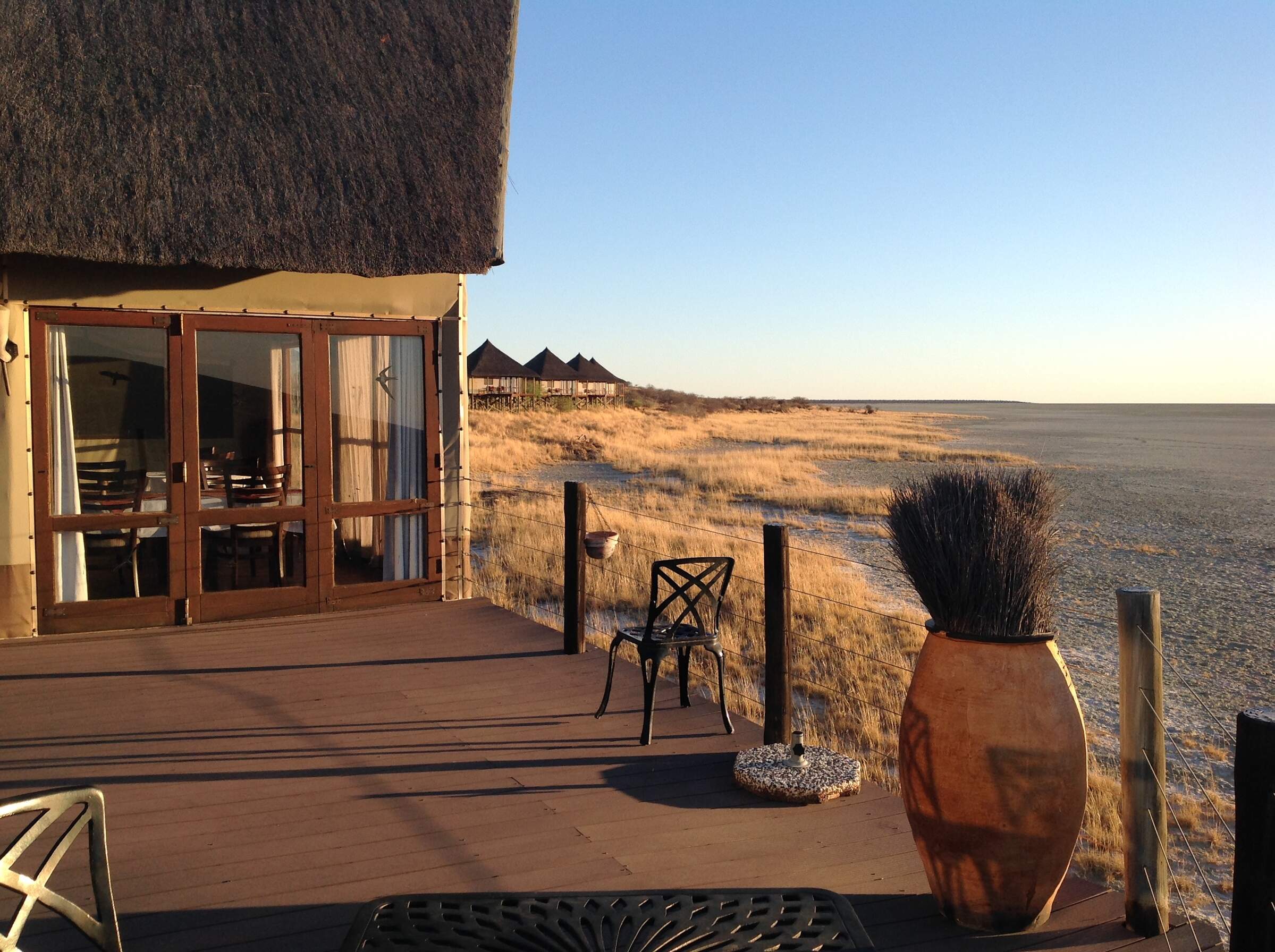
Onkoshi Camp
Onkoshi Camp is owned and run by Namibia Wildlife Resorts. Built on elevated wooden platforms it overlooks Etosha Pan.
When to go to Etosha National Park
Our month by month guide: What it's like to visit Hobatere Lodge in Etosha National Park
Jan
Feb
Mar
Apr
May
Jun
Jul
Aug
Sep
Oct
Nov
Dec
Etosha National Park in January
January marks the start of Etosha's main rainy season. The Etosha Pan, usually a vast expanse of white clay, may partially fill with water in good rainy season, attracting flamingos and other migratory birds. The landscape transforms into a lush green oasis, providing ample food for wildlife. Many animals give birth during this time, offering chances to see newborns.
While game viewing can be challenging due to dispersed wildlife and thick vegetation, birdwatching is excellent. Migratory species arrive and birds display breeding plumage. The Okaukuejo and Halali waterholes remain active, though less crowded than in dry months. Visitors should be prepared for occasional thunderstorms and potentially muddy roads, especially around Fischer's Pan.
The vibrant greenery and the presence of young animals make this a fantastic time for photography.
- Variable weather: hot, dry or humid with rain
- Occasional localised thunderstorms in Etosha
- Many animals with young; spectacular birdlife
- Wildlife dispersed, harder to see in Etosha
- Fewer tourists; low rates at most lodges
Our view
This is not a great time to visit
Weather in January
Etosha National Park in February
February is typically Etosha's wettest month. The Etosha Pan may be partially filled, creating a spectacular sight and attracting numerous waterbirds, including flamingos. The landscape is vibrantly green, with many animals raising their young.
While game viewing can be more challenging due to the abundance of water and vegetation, patient observers can spot a variety of wildlife, and share their sightings with fewer other visitors. Birdwatching is excellent, with many species in breeding plumage. The Fairy Tale Forest near Okaukuejo is particularly lush during this time.
Visitors should be prepared for occasional thunderstorms and potentially challenging road conditions, especially in the eastern part of the park. The lush environment and the presence of young animals provide a unique opportunity to witness the park's life cycle.
- Variable weather with occasional thunderstorms
- Bush feels alive; birdlife at its peak in Etosha
- Wildlife in Etosha dispersed, harder to spot
- A variety of newborn and young wildlife to see
- Few tourists; lowest rates for accommodations
Our view
This is not a great time to visit
Weather in February
Etosha National Park in March
As Etosha's main rains taper off, March offers a mix of wet and dry days. The landscape remains green and alive, with insects and smaller animals more easily seen, and many birds and animals are finishing raising their young.
The Etosha Pan may still hold some water, attracting flamingos and other waterbirds. Game viewing improves as the month progresses and animals start to herd together at permanent water sources. The Okaukuejo, Halali, and Namutoni waterholes become increasingly active.
Birdwatching remains excellent, with many migrant species still around. The Dolomite Camp area in the west offers good chances to spot rarer antelope species like black-faced impala.
The transition from wet to dry conditions provides a fascinating glimpse into the park's seasonal changes.
- Weather variable; thunderstorms less frequent
- Animals well-fed after months of abundance
- Wildlife in Etosha still dispersed, harder to see
- Migrant birds prepare to leave the park
- Few visitors; rates often low at Etosha lodges
Our view
A good time to visit, with pros & cons
Weather in March
Etosha National Park in April
April typically sees dry weather dominating in Etosha, with decreasing chances of rain. The landscape remains relatively green, and animals are in excellent condition with shiny coats. Increasing numbers of elephants seen as the herds begin to use the permanent water sources. The Okaukuejo waterhole becomes particularly active, especially in the evenings.
Photographers benefit from clear air and lush, green backdrop. Night drives from camps like Halali offer chances to see nocturnal animals. Birdwatching remains good, though some migratory species begin to depart, and the Fischer's Pan area can still be productive for waterbirds if there's residual water from the rainy season.
The shift towards drier conditions improves the chances of wildlife sightings.
- Becoming drier and cooler, especially at night
- Few visitors except around Easter; low rates
- Wildlife in Etosha still relatively spread out
- Migrant birds have largely left the park
- Fresh air and often green landscapes in Etosha
Our view
A good time to visit, with pros & cons
Weather in April
Etosha National Park in May
May marks the transition to Etosha's dry season. The landscape starts to dry out, but may still retain some greenery. Wildlife increasingly gathers around permanent water sources, making game viewing more predictable. The Okaukuejo, Halali, and Namutoni waterholes become excellent spots for animal observation – especially when floodlit after dark. Night drives offer opportunities to see nocturnal species like leopards and owls.
The Etosha Pan is usually dry, creating a stark, shimmering backdrop for photography. Birdwatching remains good, with 340 different species recorded in the park. The western part of the park, accessible from Dolomite Camp, offers chances to see rarer species like black rhino in a less frequently explored environment. The dry season's onset brings a new rhythm to the park's wildlife dynamics.
- Lovely weather: dry, warm days & cool nights
- Etosha drying out; landscapes still partly green
- Fantastic air clarity; ideal for photography
- Visitor numbers low; lodge rates still low
- Wildlife starting to gather at Etosha waterholes
Our view
A very good time to visit
Weather in May
Etosha National Park in June
June brings cooler temperatures with clear skies to Etosha. The landscape is drying out, encouraging animals like elephants, rhino and giraffe to waterholes. This makes for excellent game viewing, especially at popular spots like Okaukuejo and Halali. Night drives on private Etosha reserves, like Ongava, are particularly productive.
The dry Etosha Pan creates mirages and a unique backdrop for photography, perhaps a lone ostrich crossing the stark salt crust. Birdwatching remains rewarding, with bright colours standing out in drier vegetation. The Namutoni area, with its fort, provides a mix of wildlife viewing and historical interest.
Cooler temperatures making walking safaris enjoyable in Etosha’s adjacent wildlife reserves, like Etosha Heights.
- Clear days, cold nights in Etosha National Park
- Great air quality; perfect for photographers
- Moderate lodge rates; shoulder season begins
- Wildlife gravitates to Etosha's waterholes
- Some greenery remains in parts of the park
Our view
A very good time to visit
Weather in June
Etosha National Park in July
July is prime time for wildlife viewing in Etosha as animals, in particular predators, are more active later in cool mornings and earlier in the afternoons. The dry landscape concentrates animals around waterholes, making for predictable and spectacular sightings. The Okaukuejo waterhole is particularly active, especially at night when black rhinos often visit and jostle for position with elephants.
The stark white Etosha Pan creates a unique backdrop for photography, with heat mirages shimmering on the horizon.
The dry season's peak offers unparalleled wildlife viewing opportunities. Game drives along the southern edge of the pan offer excellent opportunities to see large herds of zebra, wildebeest, and antelope. Birdwatching is rewarding around waterholes, with species like eagles and vultures frequently sighted.
- Dry days, crisp nights; excellent for stargazing
- European holidays begin; more families visit
- Peak season; high rates, lodges often full
- Fantastic wildlife watching
- Animals concentrate around Etosha waterholes
Our view
A very good time to visit
Weather in July
Etosha National Park in August
August is the height of the dry season in Etosha, offering excellent wildlife viewing opportunities. Animals concentrate around waterholes, with a variety of predators and prey often seen at any one time. Night viewing at the more secluded yet floodlit waterhole at Halali is often rewarded with sightings of shyer leopard and porcupine.
The dry season's intensity brings wildlife into sharp focus. The open plains along the edge of the Etosha Pan are good for seeing large herds of zebra and wildebeest, and often cheetah too. Predators often lie in wait for their prey near waterholes offering sightings of hunts to patient game viewers.
Birdwatching remains rewarding, with raptors like bateleur and martial eagles frequently sighted.
- Dry days, cold nights; clear skies in Etosha
- Busy by Namibian standards; family rooms full
- Peak season; high rates, advanced booking needed
- Excellent wildlife viewing in Etosha National Park
- Large herds gather at Etosha's waterholes
Our view
Fantastic: the very best time to visit
Weather in August
Etosha National Park in September
September offers peak wildlife viewing in Etosha. The extreme dry conditions concentrate animals around waterholes, making for spectacular sightings of multiple species. The Okaukuejo waterhole is particularly active, with elephants, rhinos, and lions frequently visiting.
The last months of the dry season showcases the park's wildlife at its most concentrated. The stark landscape of the dry Etosha Pan creates dramatic backdrops for photography. Game drives along the pan's edge offer chances to see large herds of zebra, springbok, and oryx as well as lion prides and cheetah. The western part of the park, accessible from Dolomite Camp, often provides a more exclusive safari experience with good rhino sightings. Night drives on adjacent private reserves like Hobatere offer opportunities to see nocturnal animals such as genets and aardwolves.
Birdwatching is excellent, with species standing out clearly in the sparse vegetation.
- One of the best months for Etosha wildlife viewing
- Warm days, cold nights; temperatures rising
- Colourful birds stand out against a starker backdrop
- Etosha's waterholes teem with diverse wildlife
- High season; book Etosha accommodations early
Our view
Fantastic: the very best time to visit
Weather in September
Etosha National Park in October
October is typically Etosha's hottest and driest month, offering excellent wildlife viewing. The intense heat and dry conditions heighten the drama of wildlife interactions.
Animals concentrate heavily around waterholes, with spectacular sightings common at Okaukuejo, Halali, and other permanent water sources. Patient photographers spending time at waterholes are richly rewarded. Large herds of zebra, wildebeest, and various antelope species can be seen along the pan's southern edge. Predator sightings, including lions and cheetahs, are frequent as they target gathered and weakened prey. Thinning vegetation at Namutoni makes it easier to spot the dimunitive Damara dik dik – Namibia’s smallest antelope.
Birdwatching remains rewarding, with raptors and colourful rollers often spotted.
- Peak wildlife-viewing month in Etosha National Park
- Hot and dry; Etosha feels like a desert
- Air can be hazy with dust in some areas
- Peak time; expect high season rates in Etosha
- Etosha lodges often full, especially early October
Our view
A very good time to visit
Weather in October
Etosha National Park in November
November marks the transition to Etosha's rainy season, bringing change to the landscape and wildlife behaviour. Early rains may green the vegetation, dispersing some wildlife from waterholes. However, game viewing remains good, especially around permanent water sources like Okaukuejo and Halali’s floodlit waterholes.
The first rains can create dramatic scenes as animals celebrate the water's arrival, with plains game often giving birth. Predators often give birth at this time too, to coincide with the time of plenty. Migratory birds begin to return, and birds take to the skies in spectacular aerial shows as they catch more active insects.
Seasonal wildflowers and dramatic, thundery skies add interest to photographic compositions. Summer rains bring reptiles such as tortoises and chameleons out into the open. The onset of rains brings a refreshing change to the park's ecosystem.
- Variable month in Etosha, depending on rains
- If rain comes, explosion of vegetation and life
- Baby animals often born around mid-month
- Shoulder season; mid-range rates offer value
- Showers more likely later in the month in Etosha
Our view
A good time to visit, with pros & cons
Weather in November
Etosha National Park in December
December is often a drier month before January sees the main rainy season begin. The landscape begins to show green from November's rain and the odd rainshower in December. Many animals have young, so there’s the chance to watch frolicking calfs and lambs.
The combination of rainfall and sunshine rejuvenates the park's landscapes and wildlife. While wildlife disperses away from the waterholes with increased water availability, game viewing remains good, especially on the open plains along the southern edge of Etosha Pan. Birdwatching is excellent, with many species in breeding plumage and displaying for mates as well as migrant species arriving.
Visitors should be prepared for occasional thunderstorms and potentially muddy roads, especially in the eastern part of the park.
- Hot, sometimes humid with cooling showers
- Landscapes green where rain has fallen in Etosha
- New life and energy in the park's ecosystem
- Excellent for birdwatchers in Etosha
- Larger animals may be harder to spot
Our view
This is not a great time to visit
Weather in December

Looking for inspiration on where to travel next?
Visit our trip chooser to explore your options and find inspiration for your perfect African adventure
Inspire me